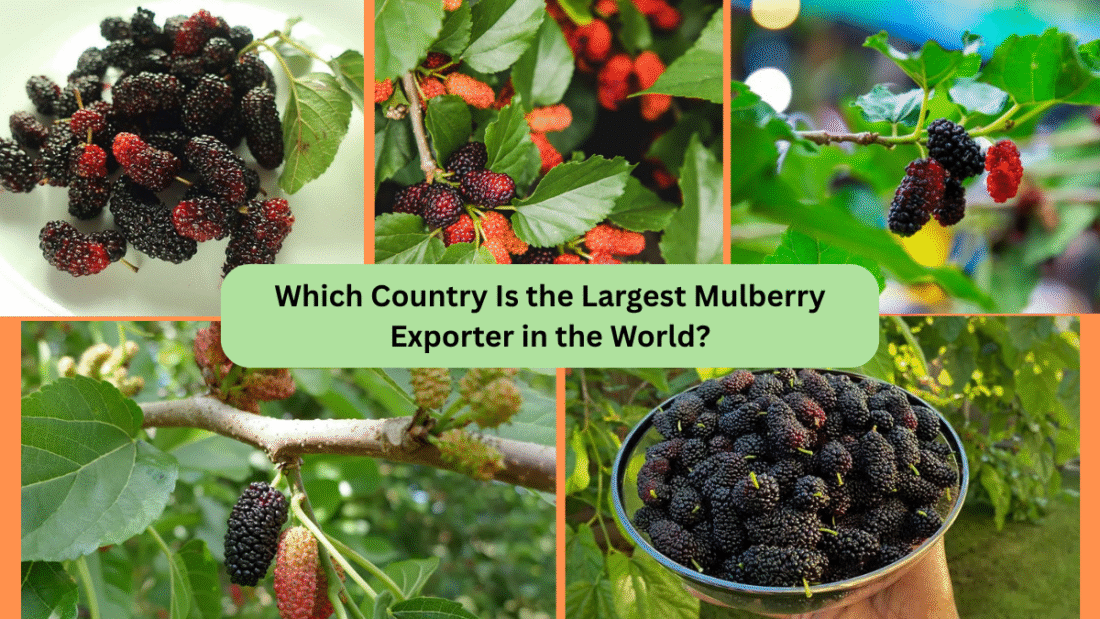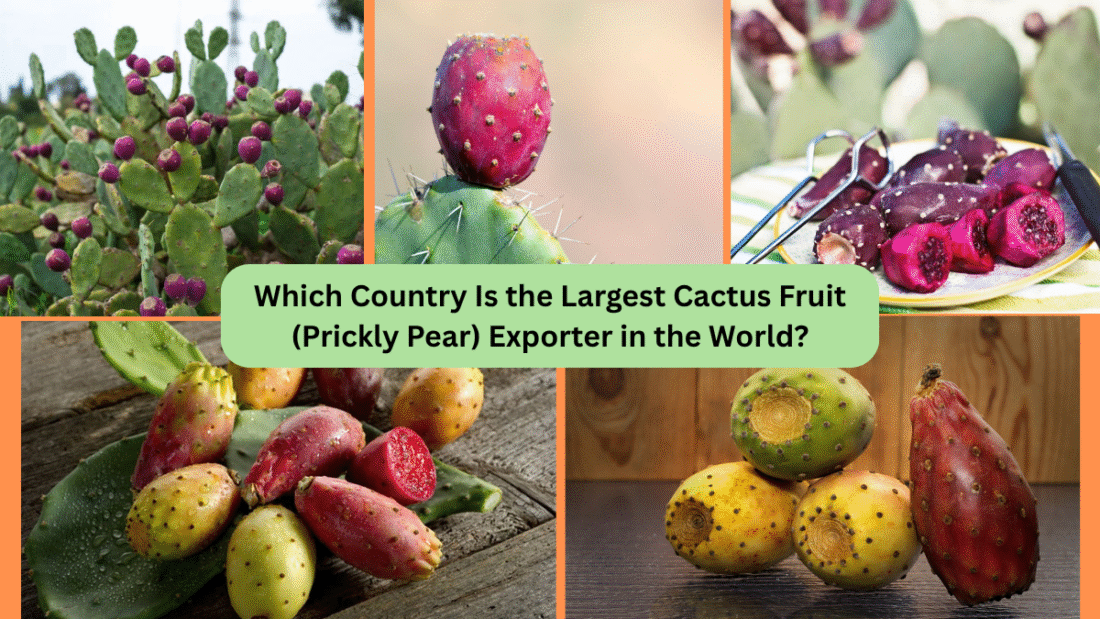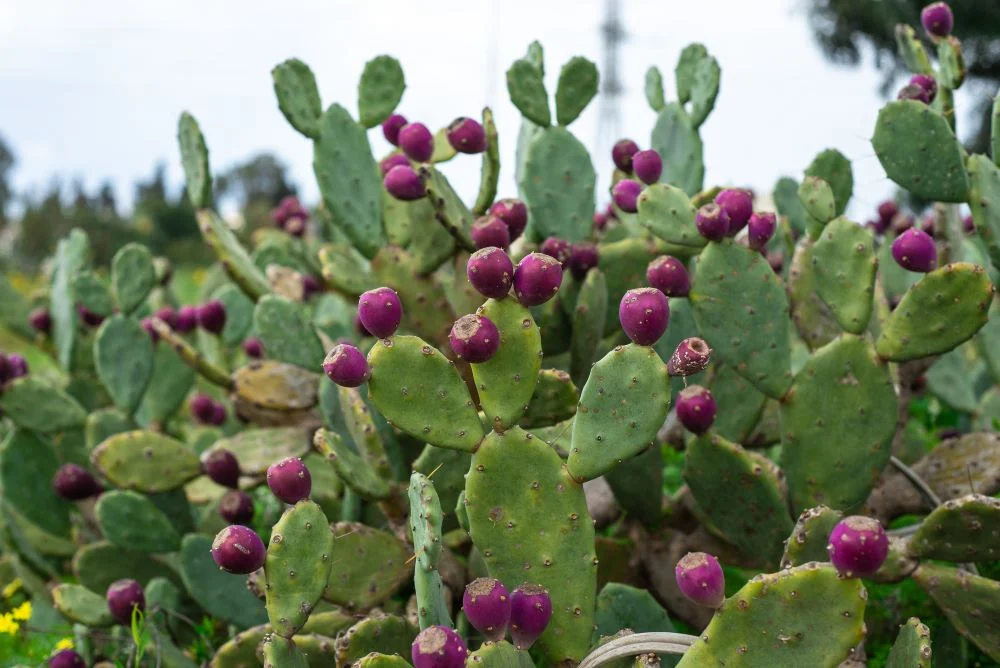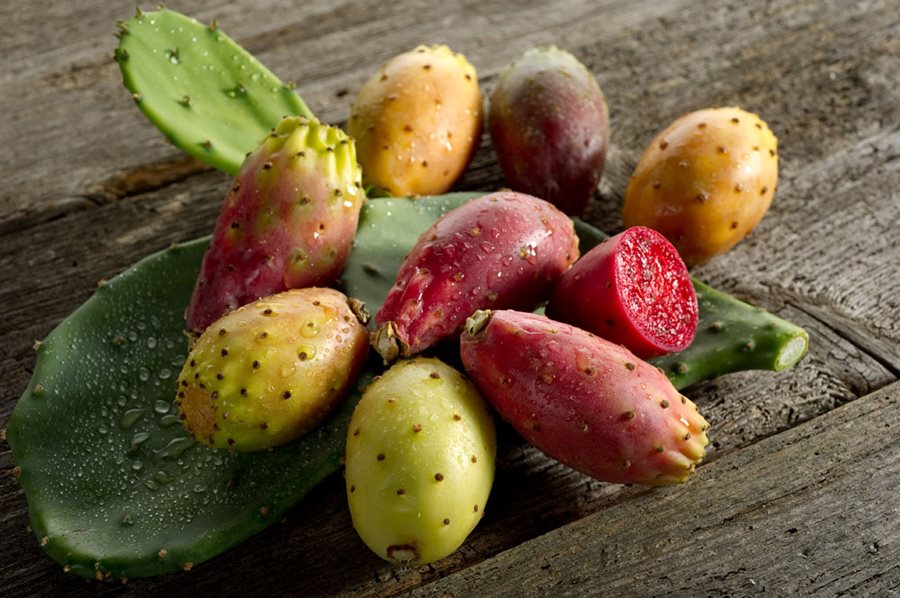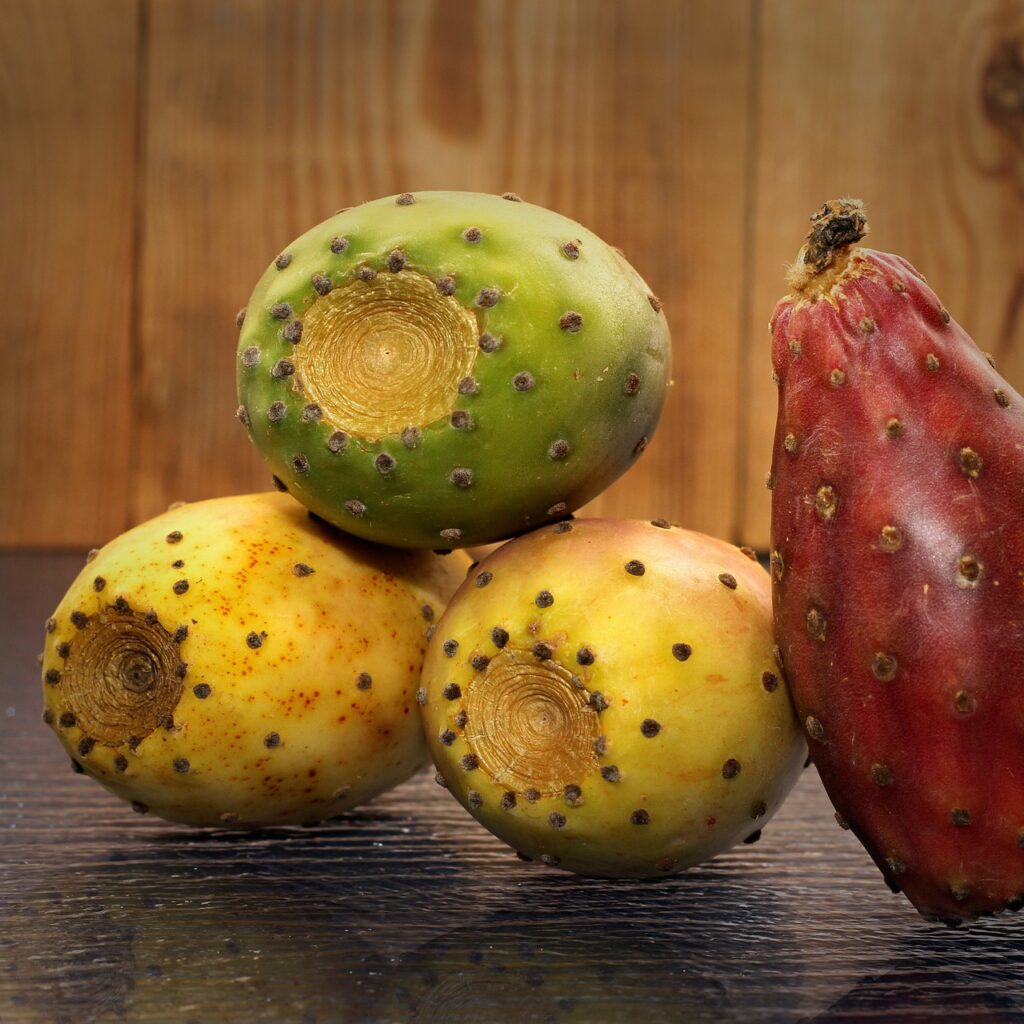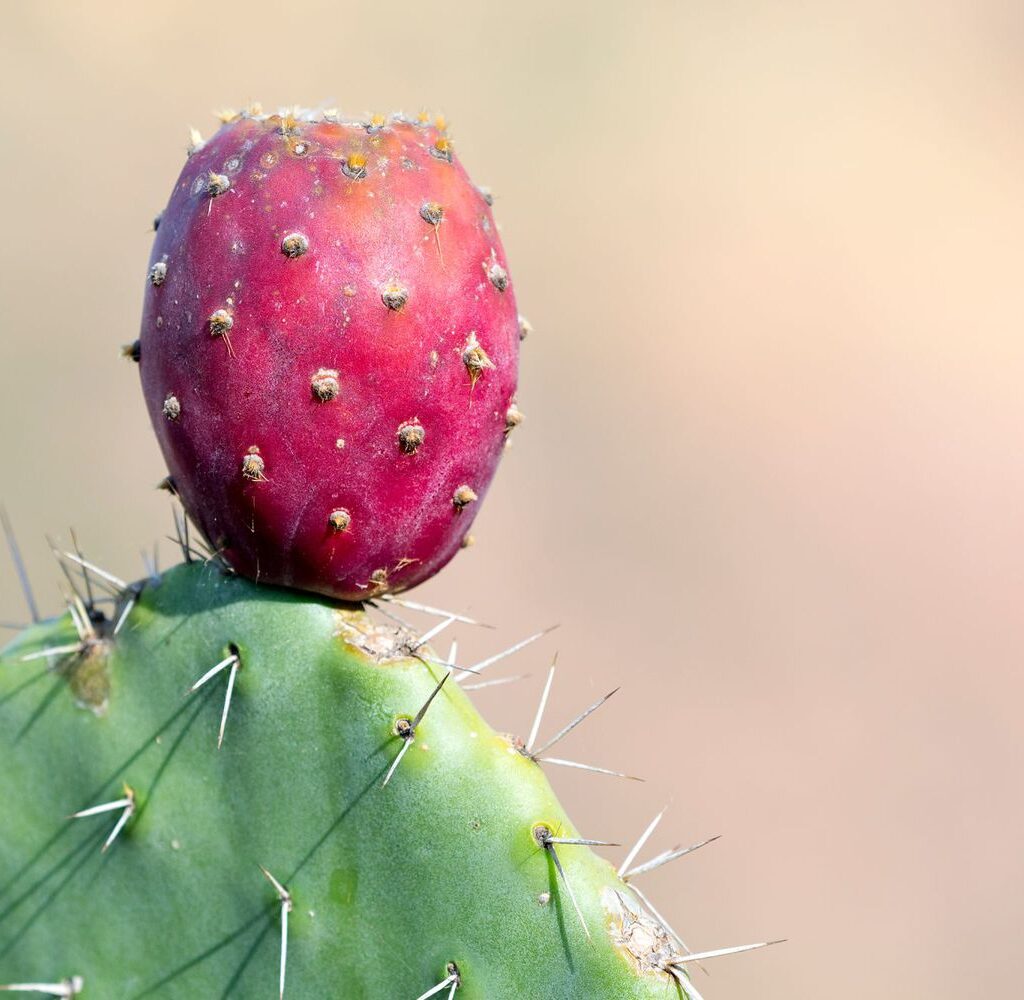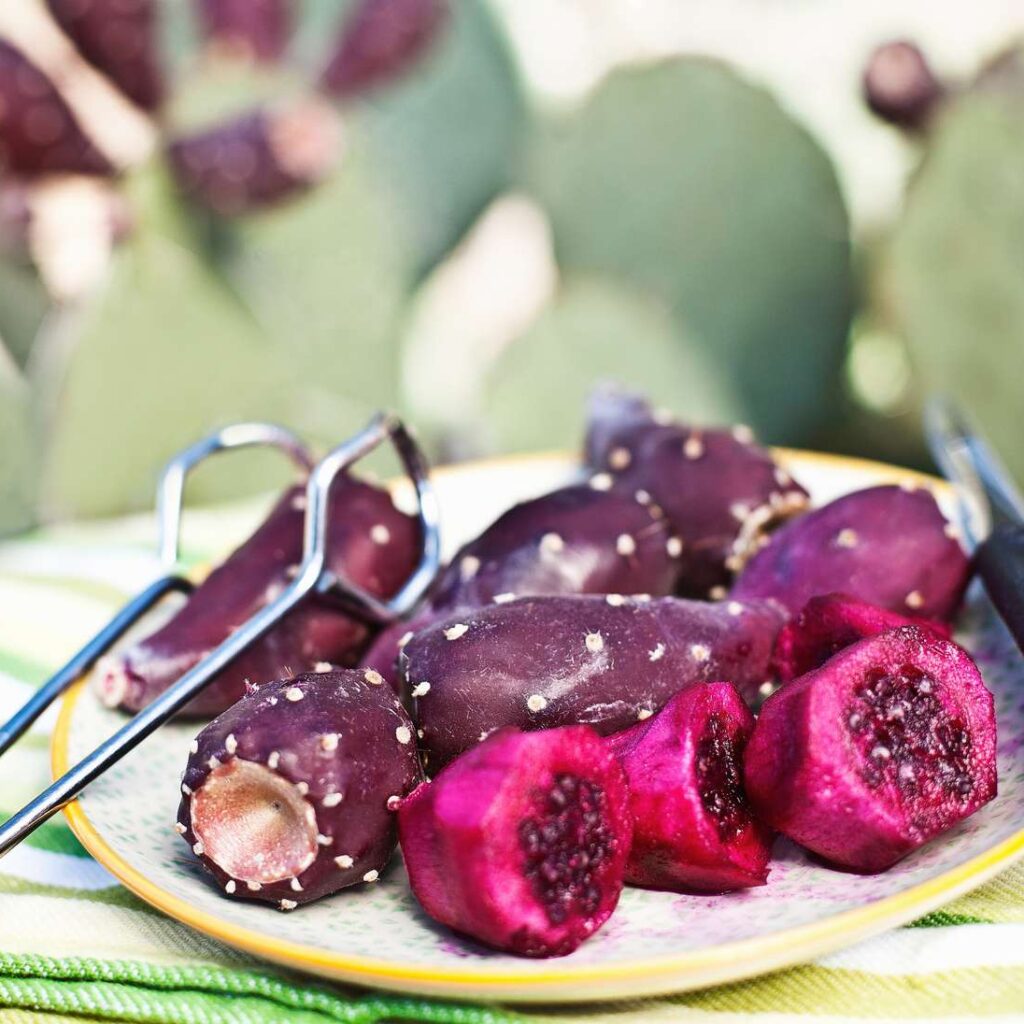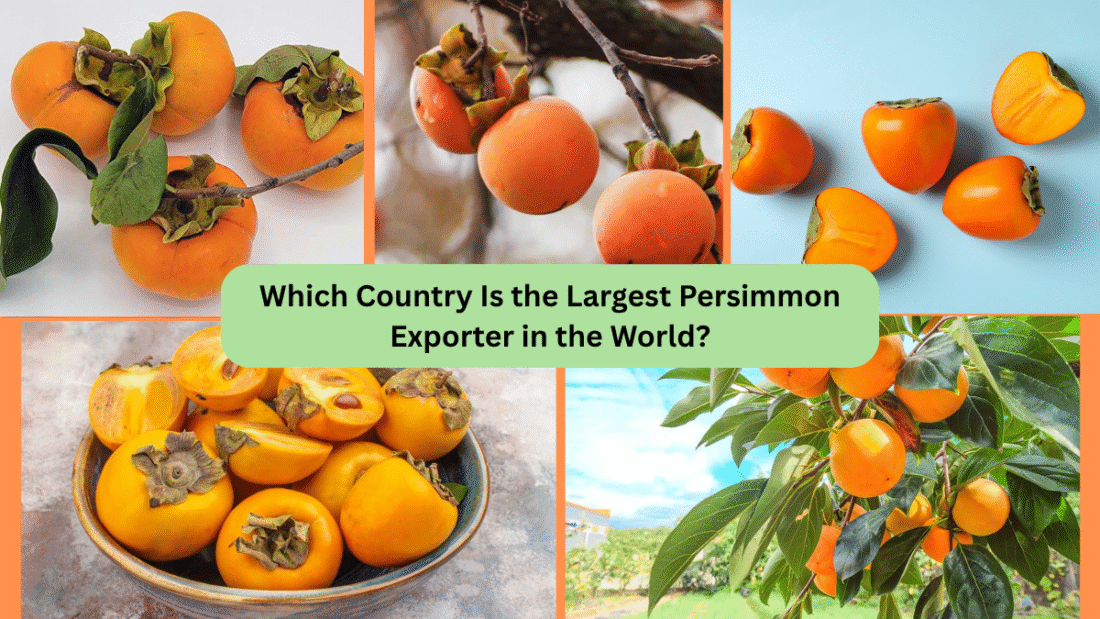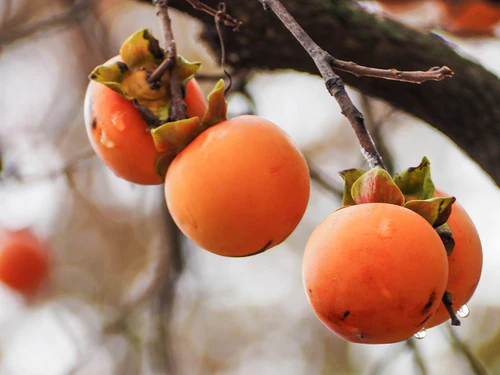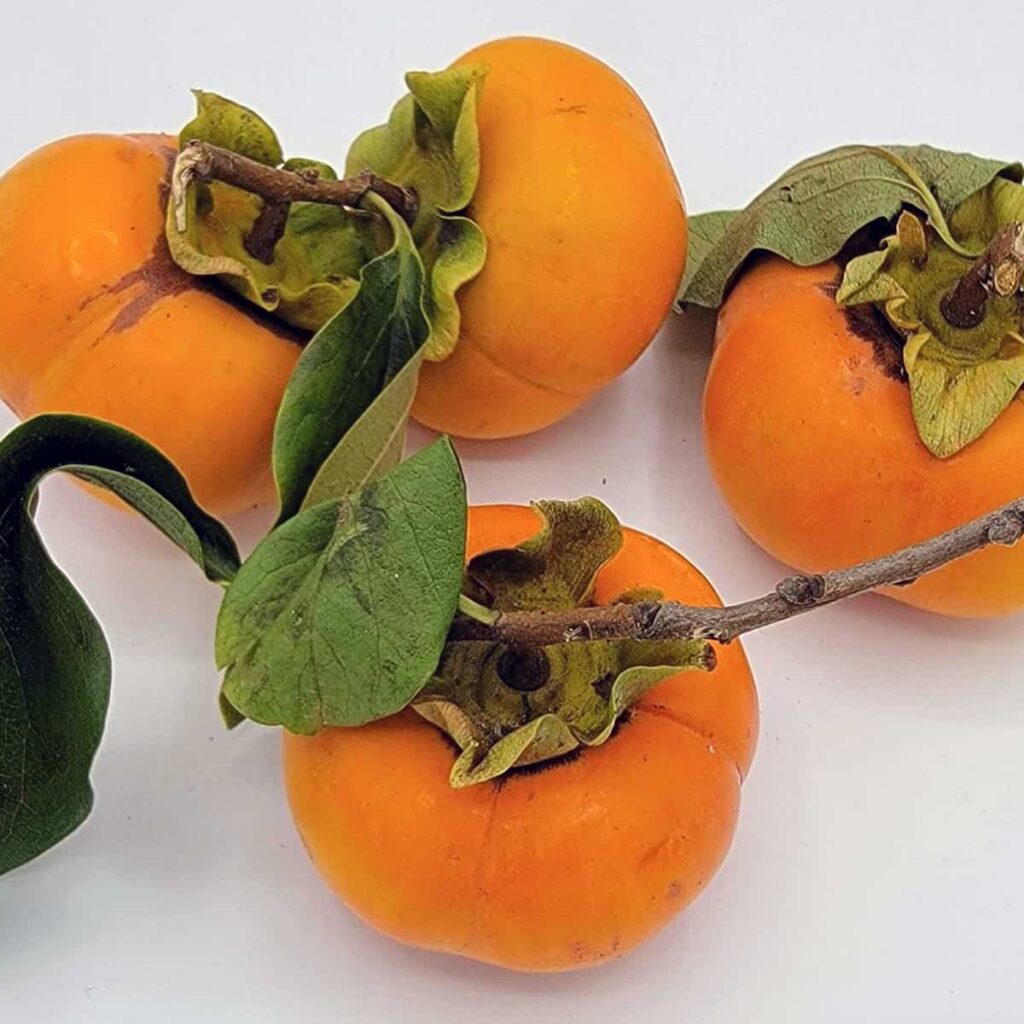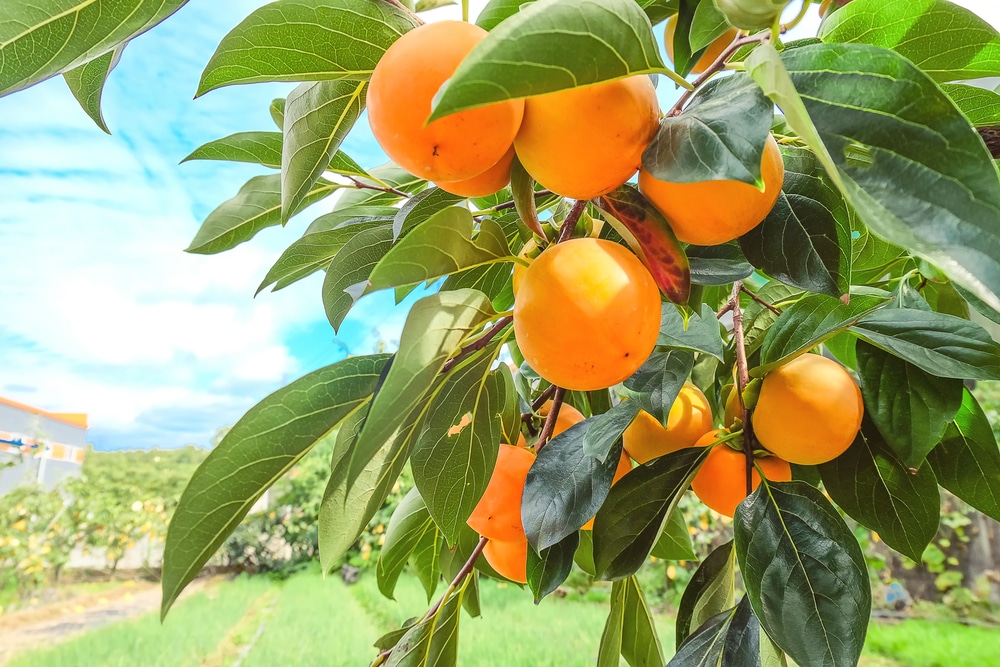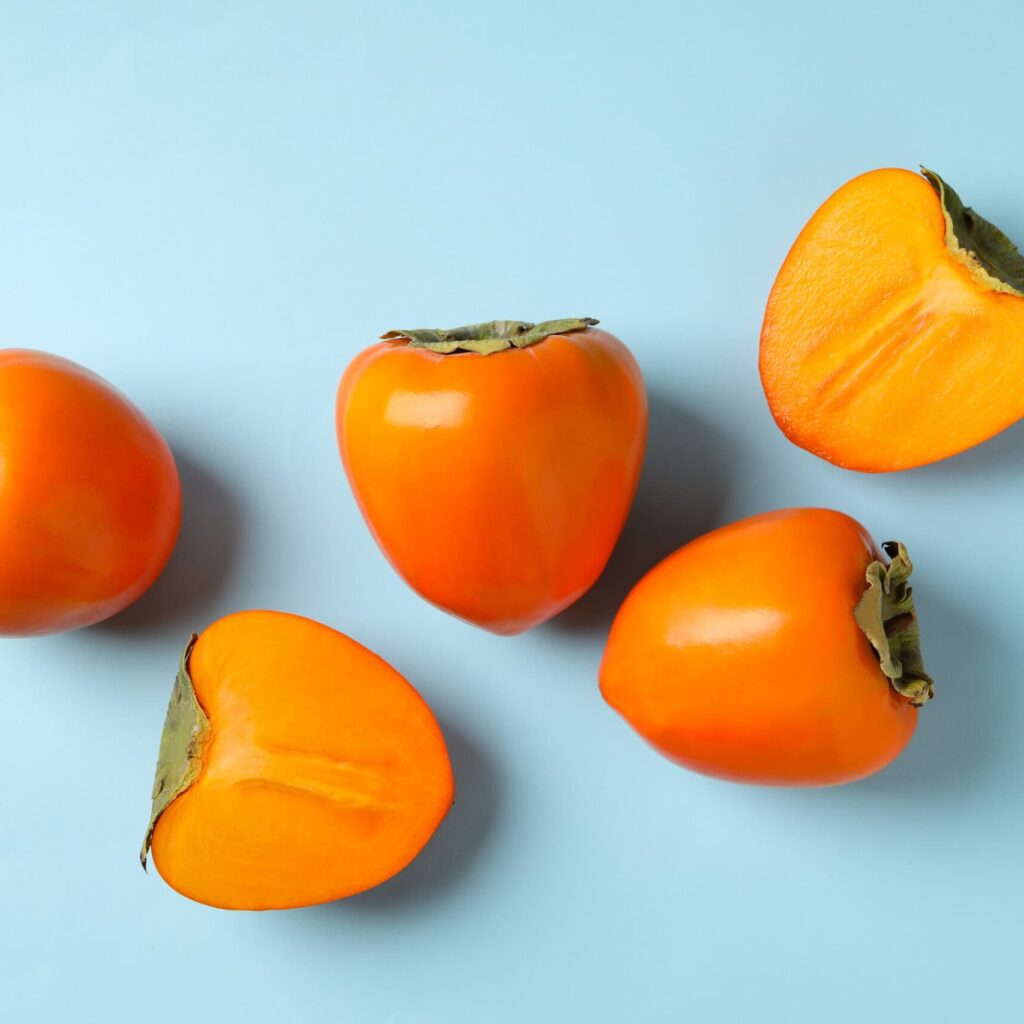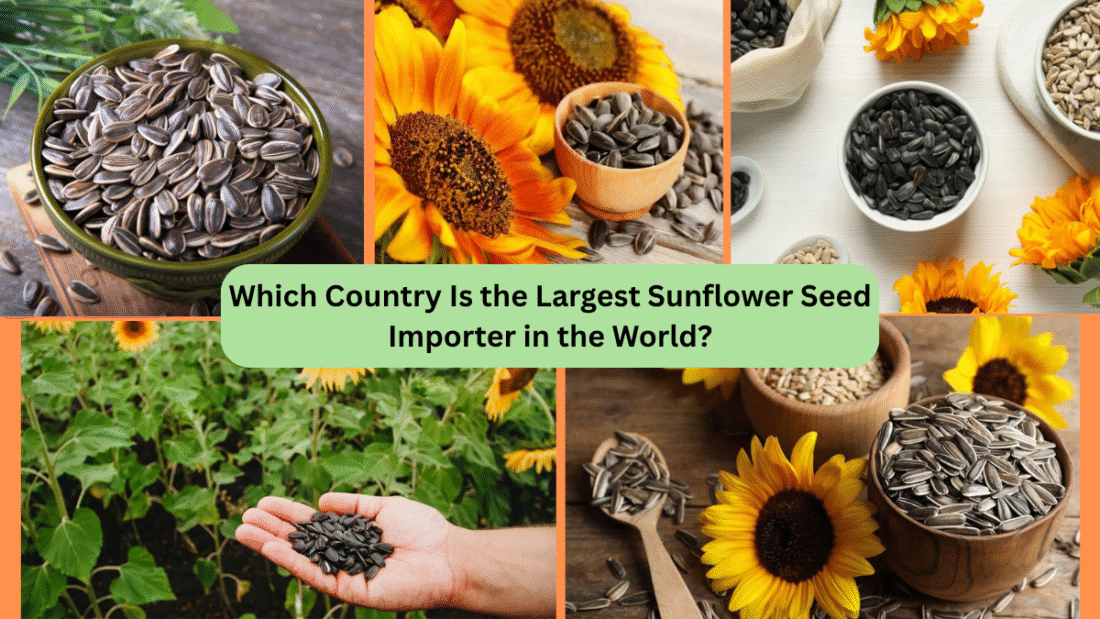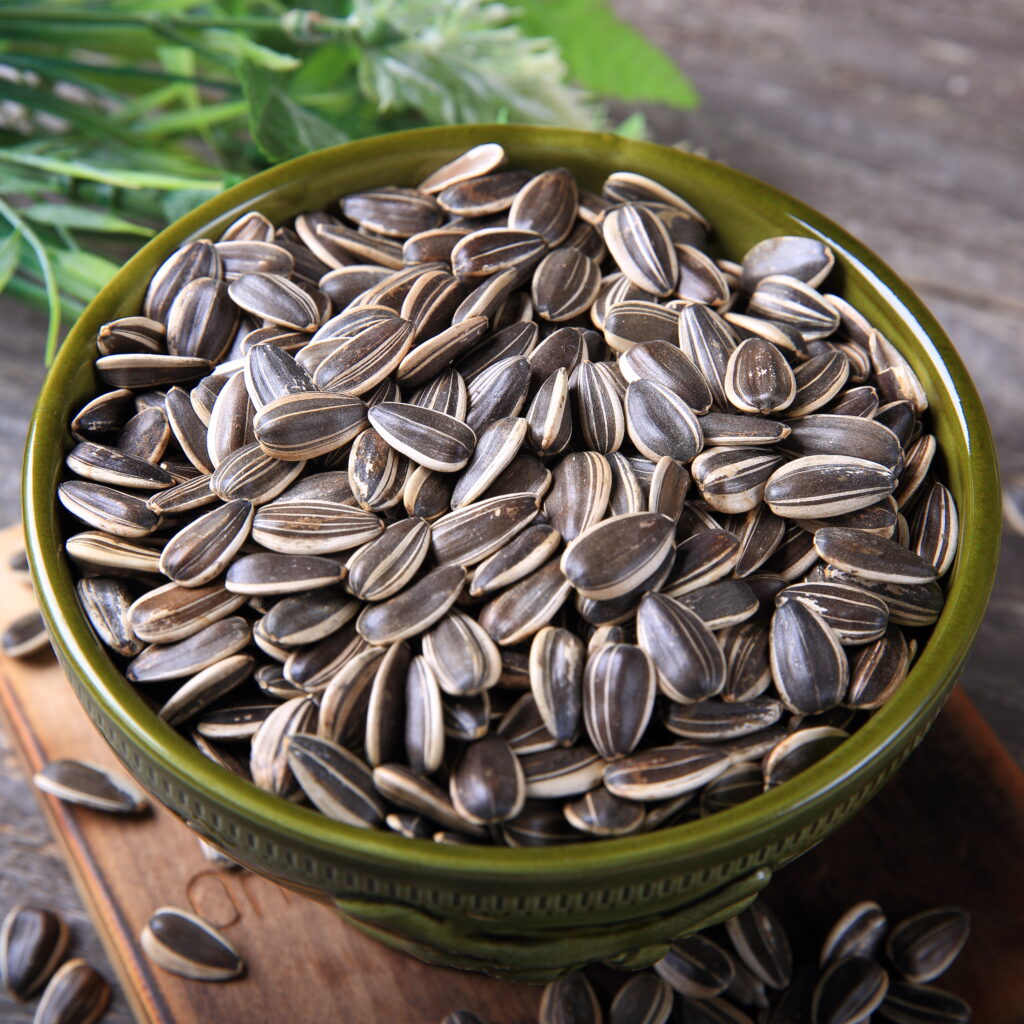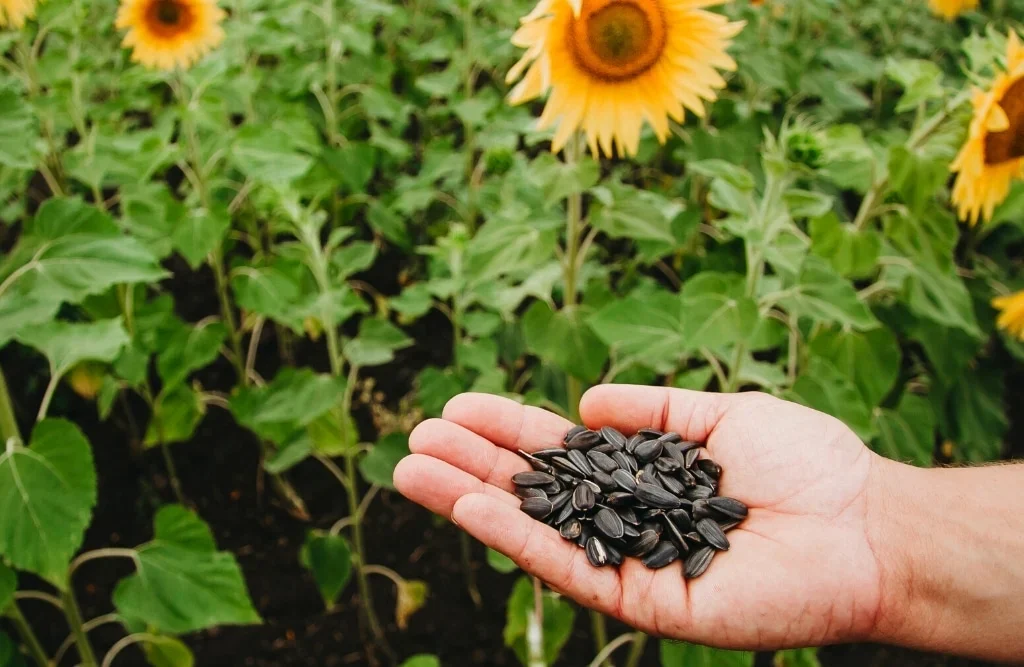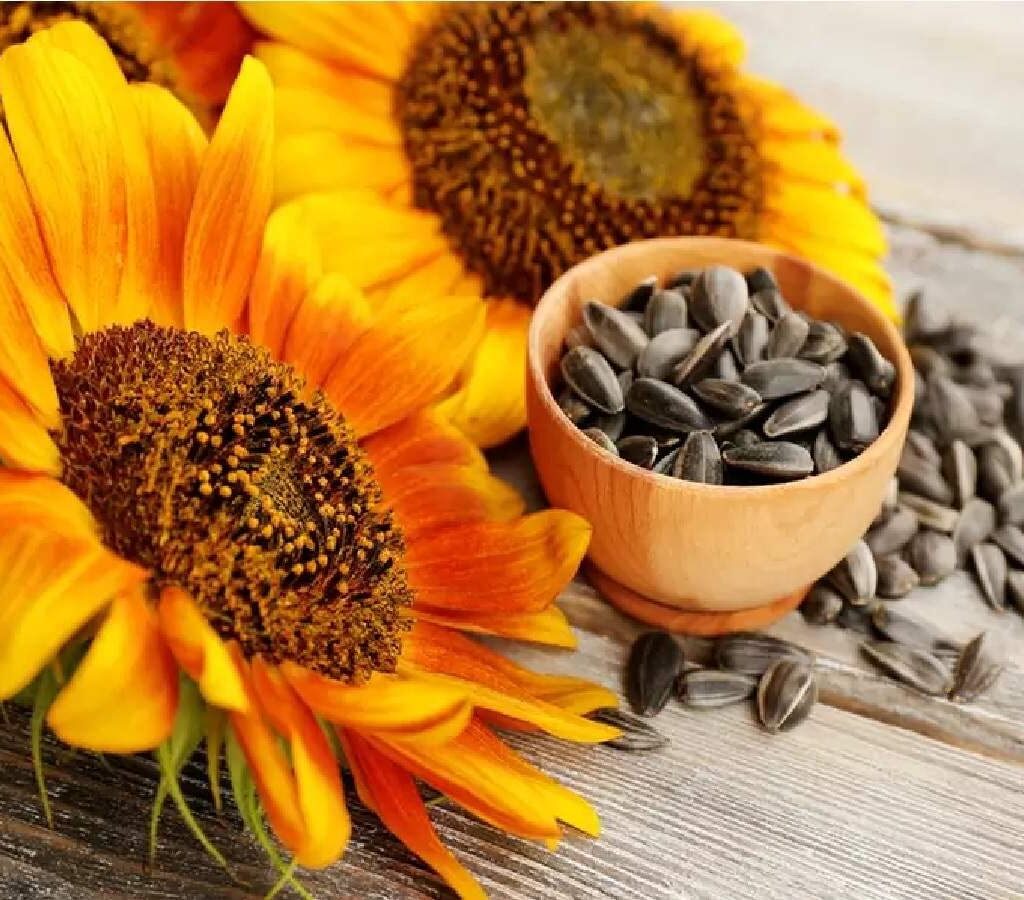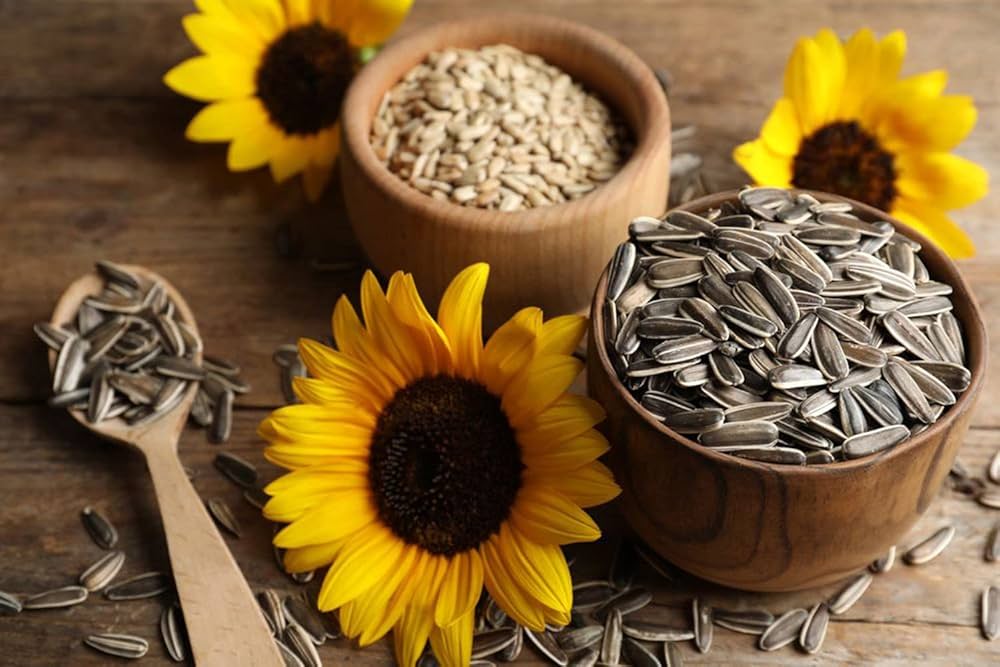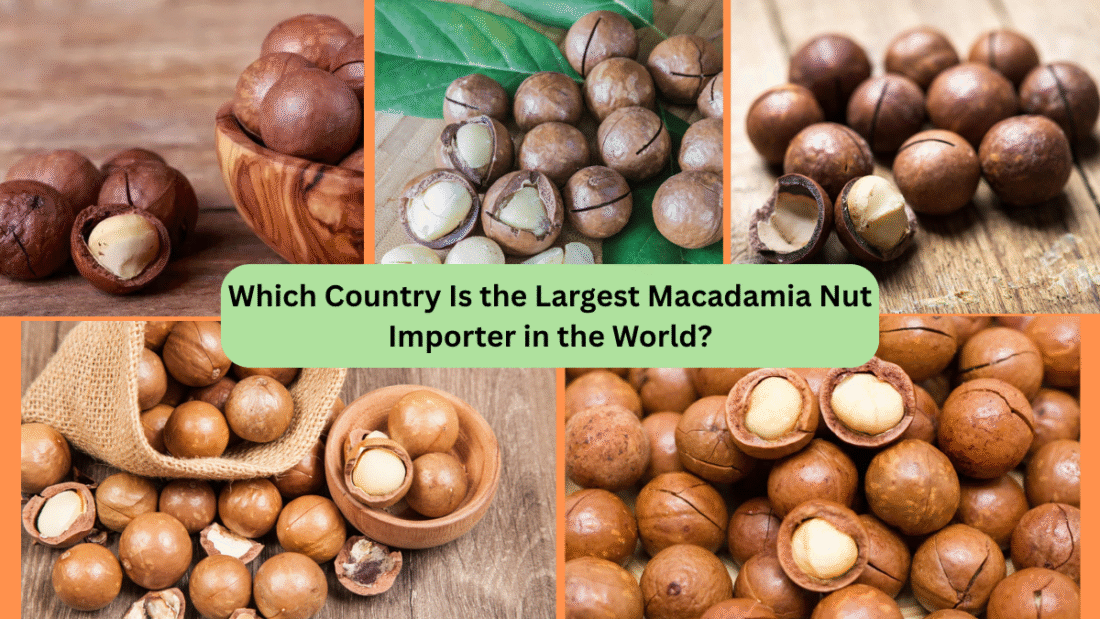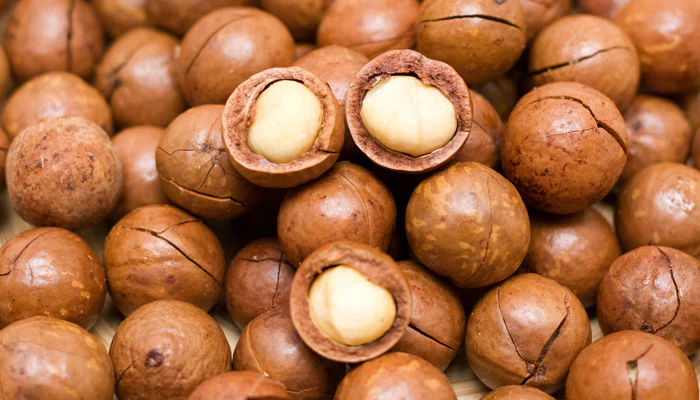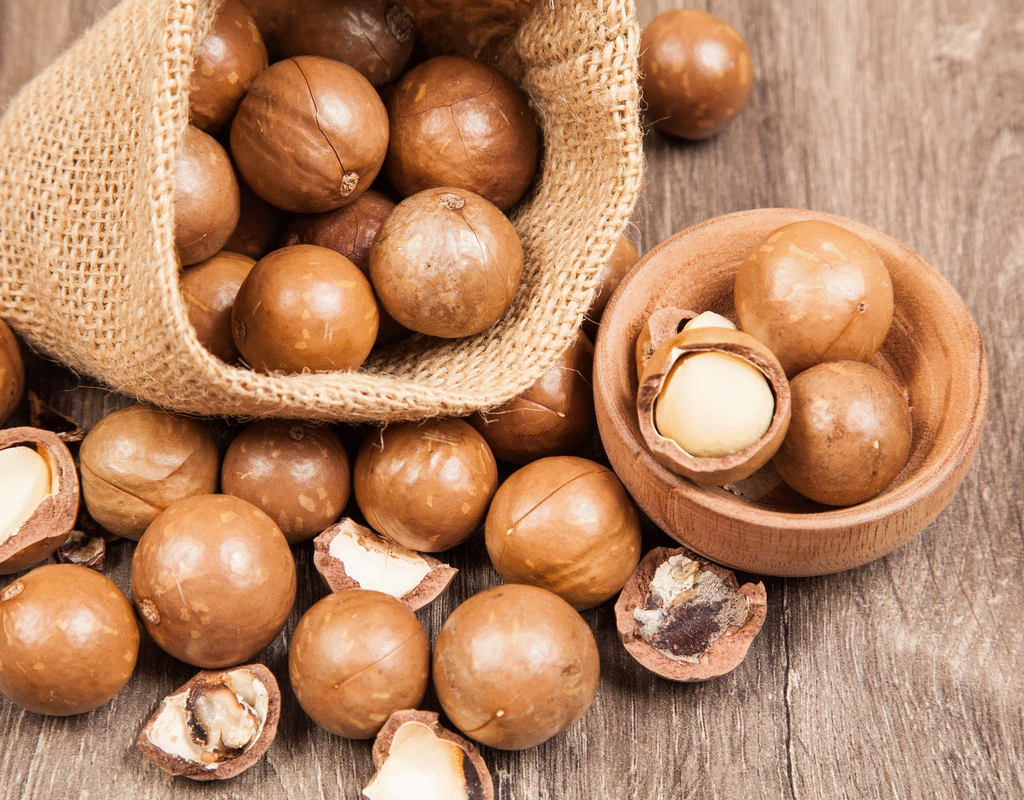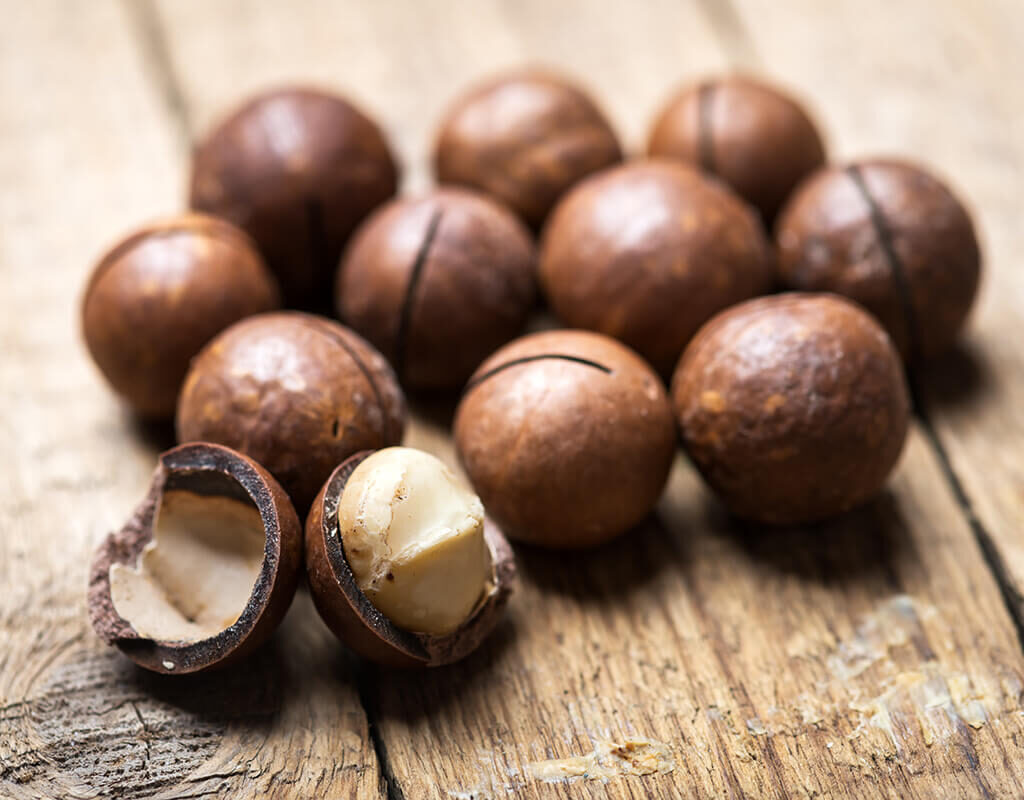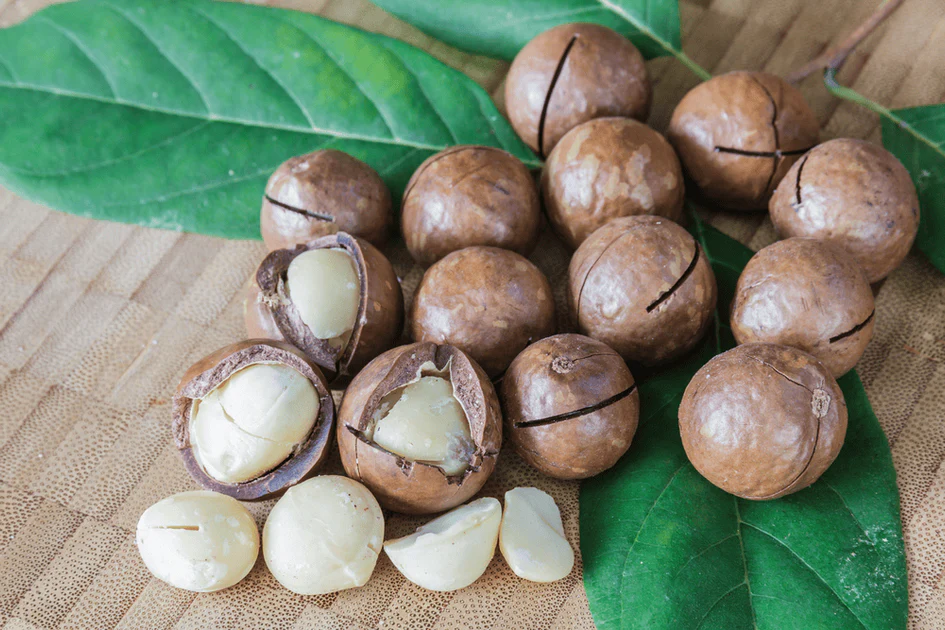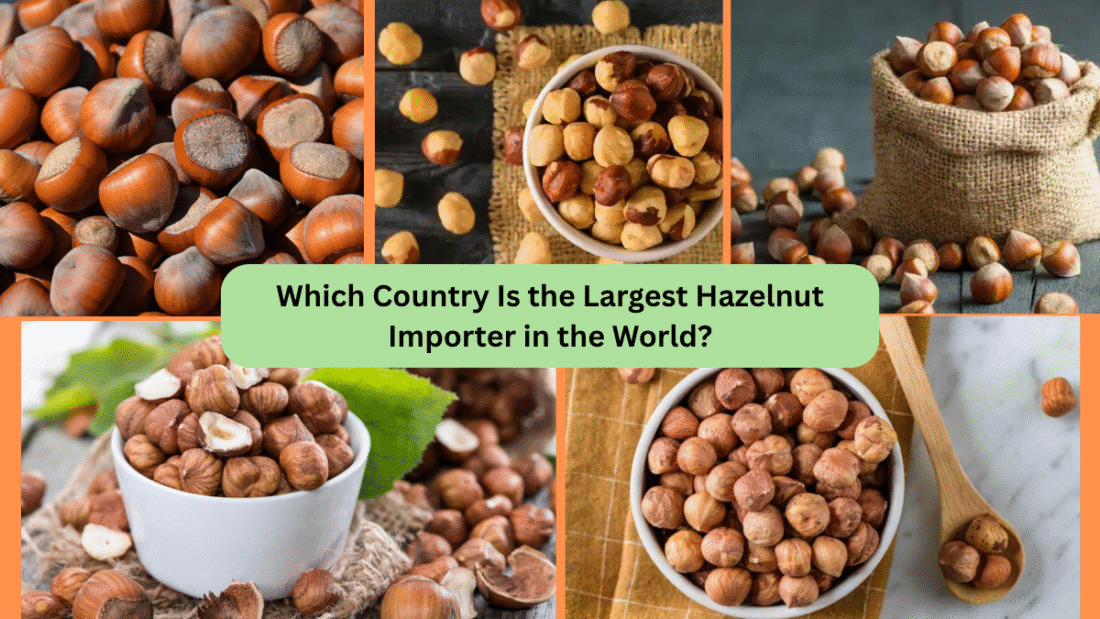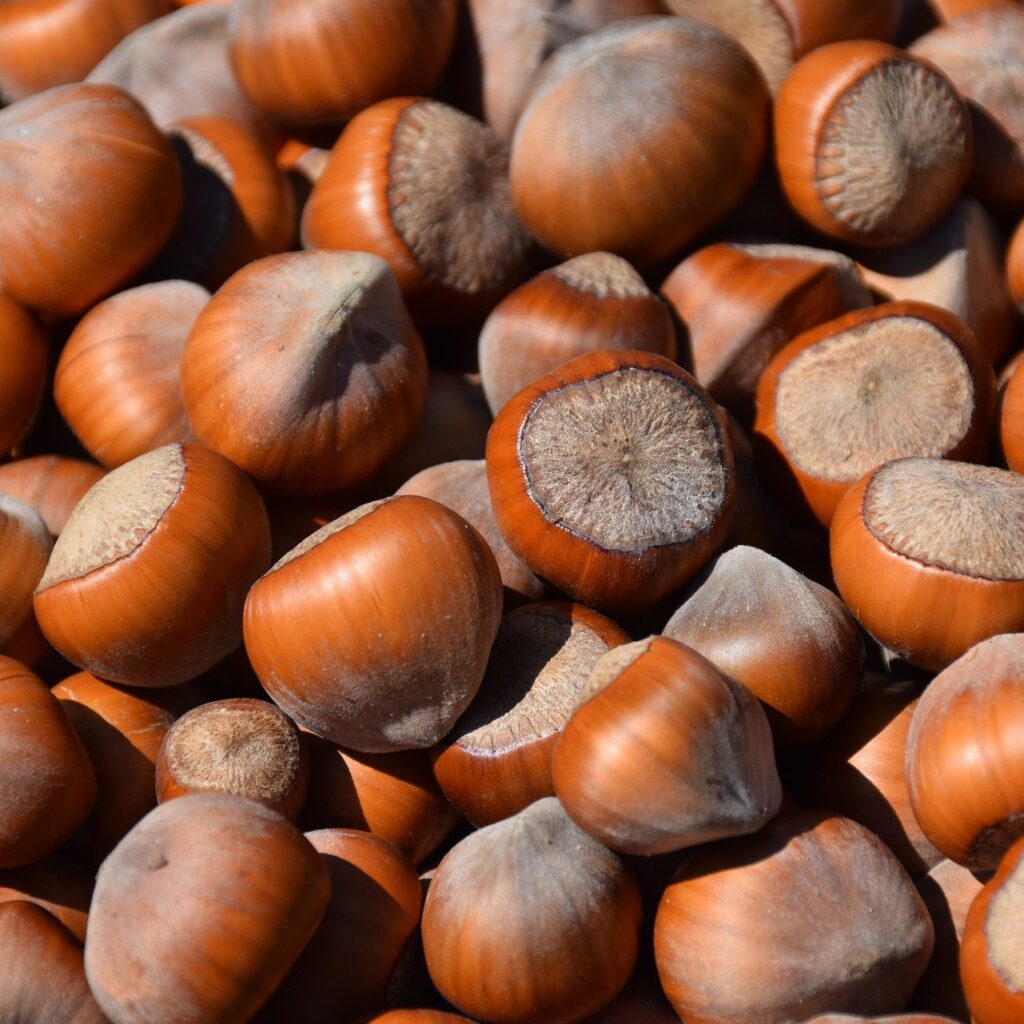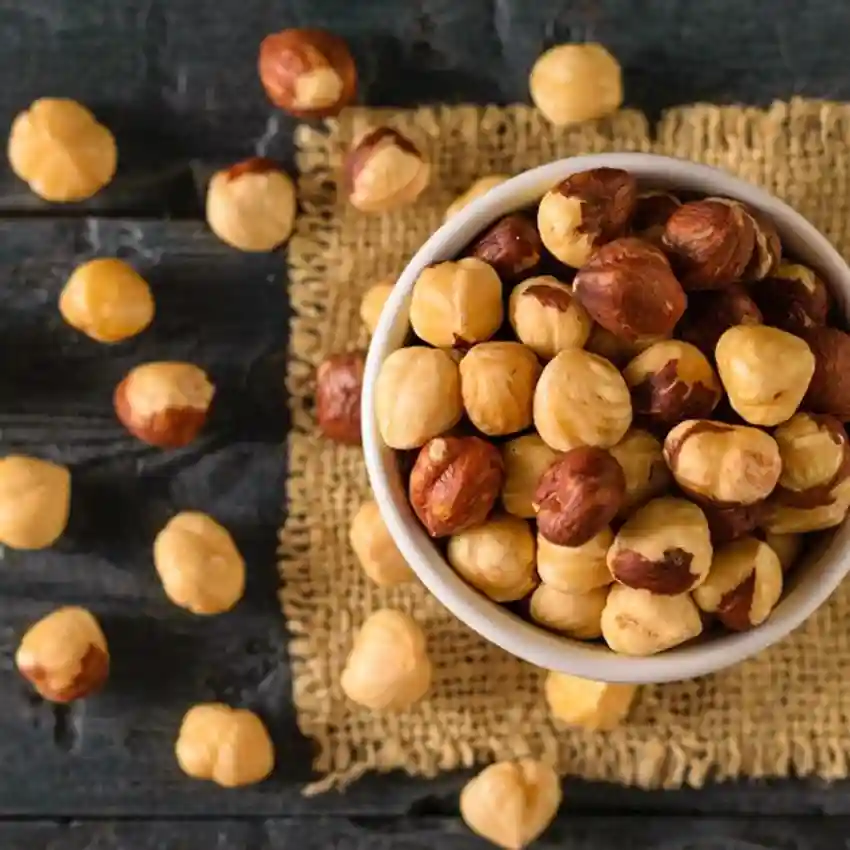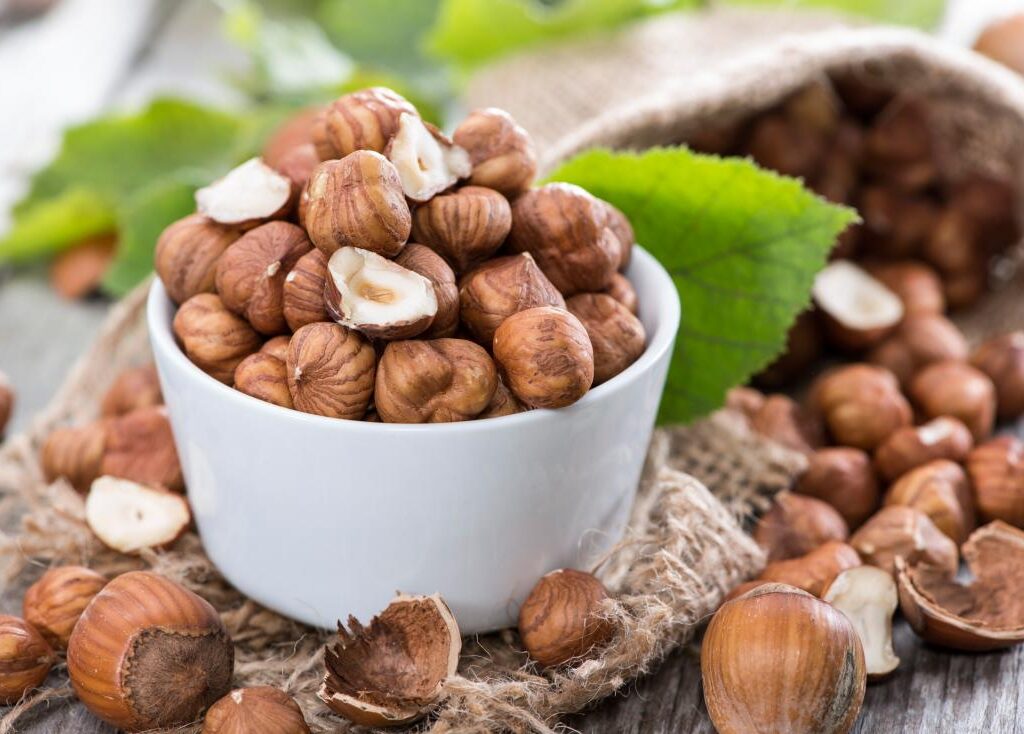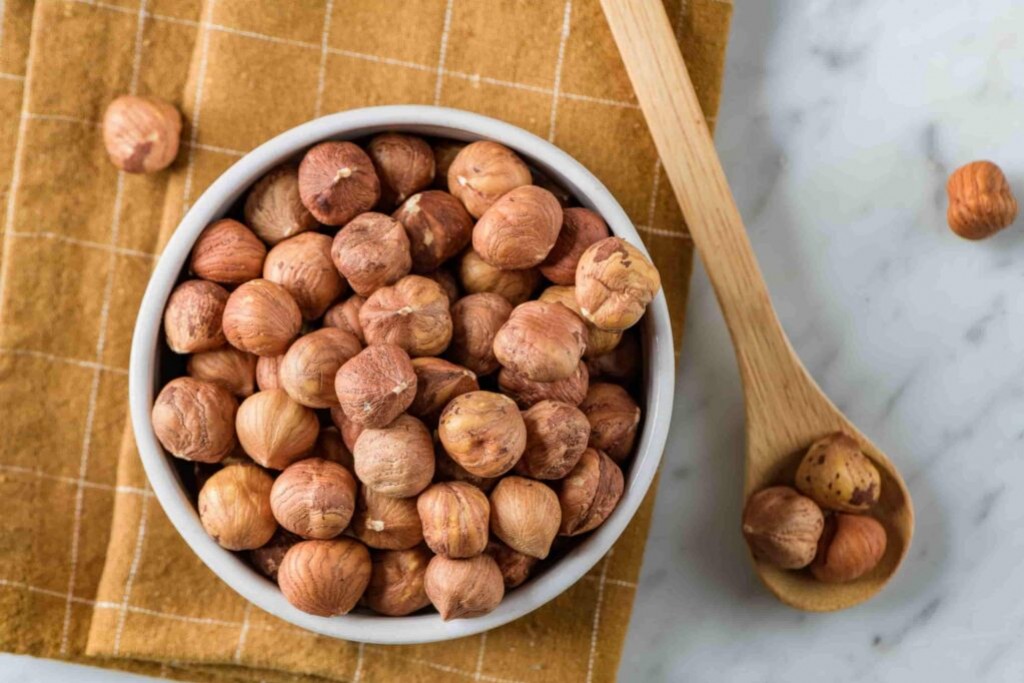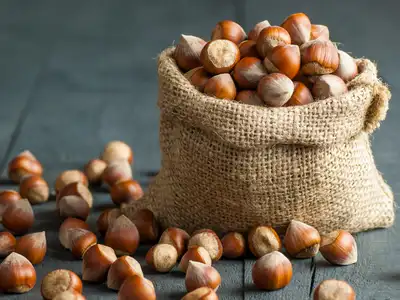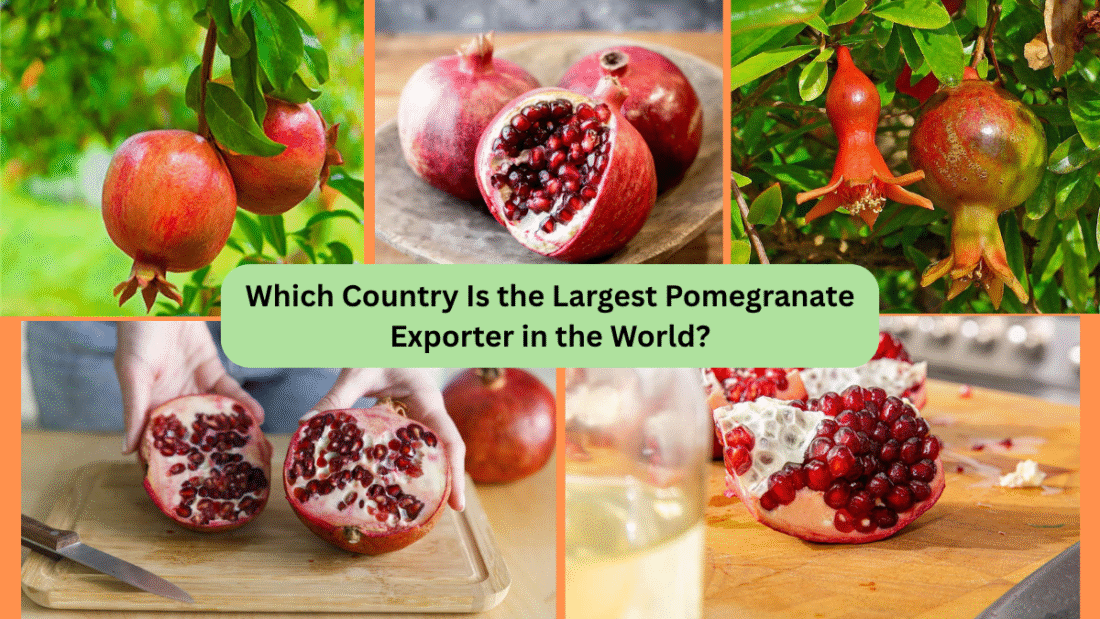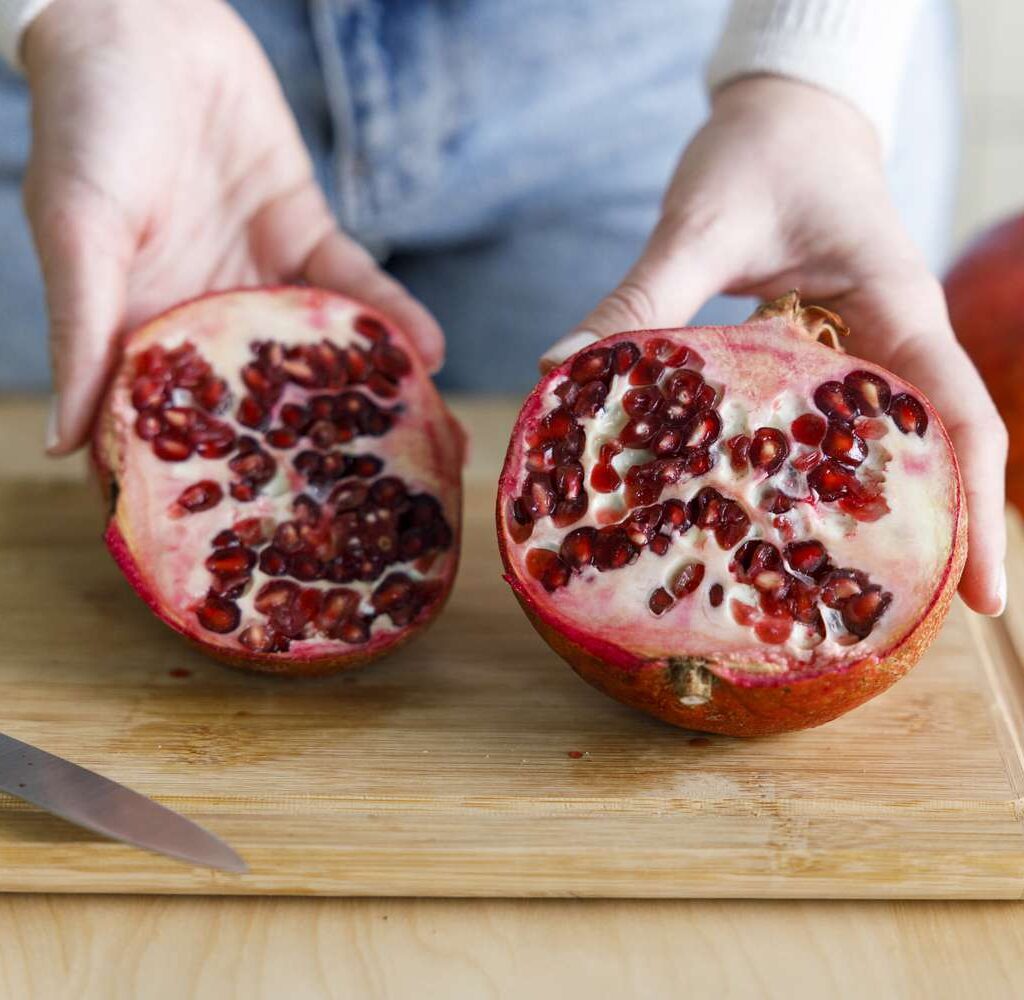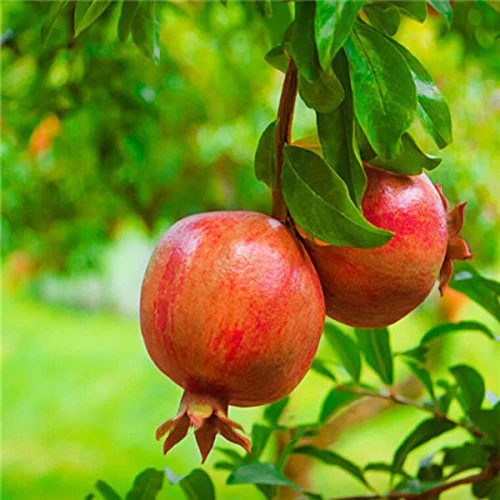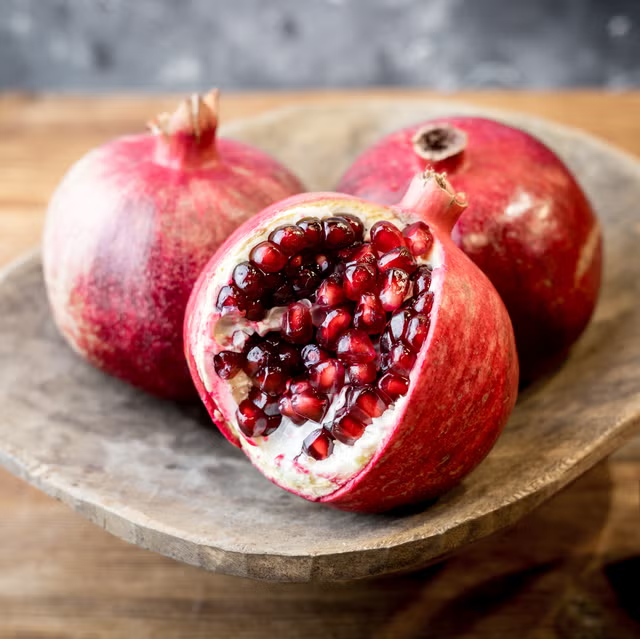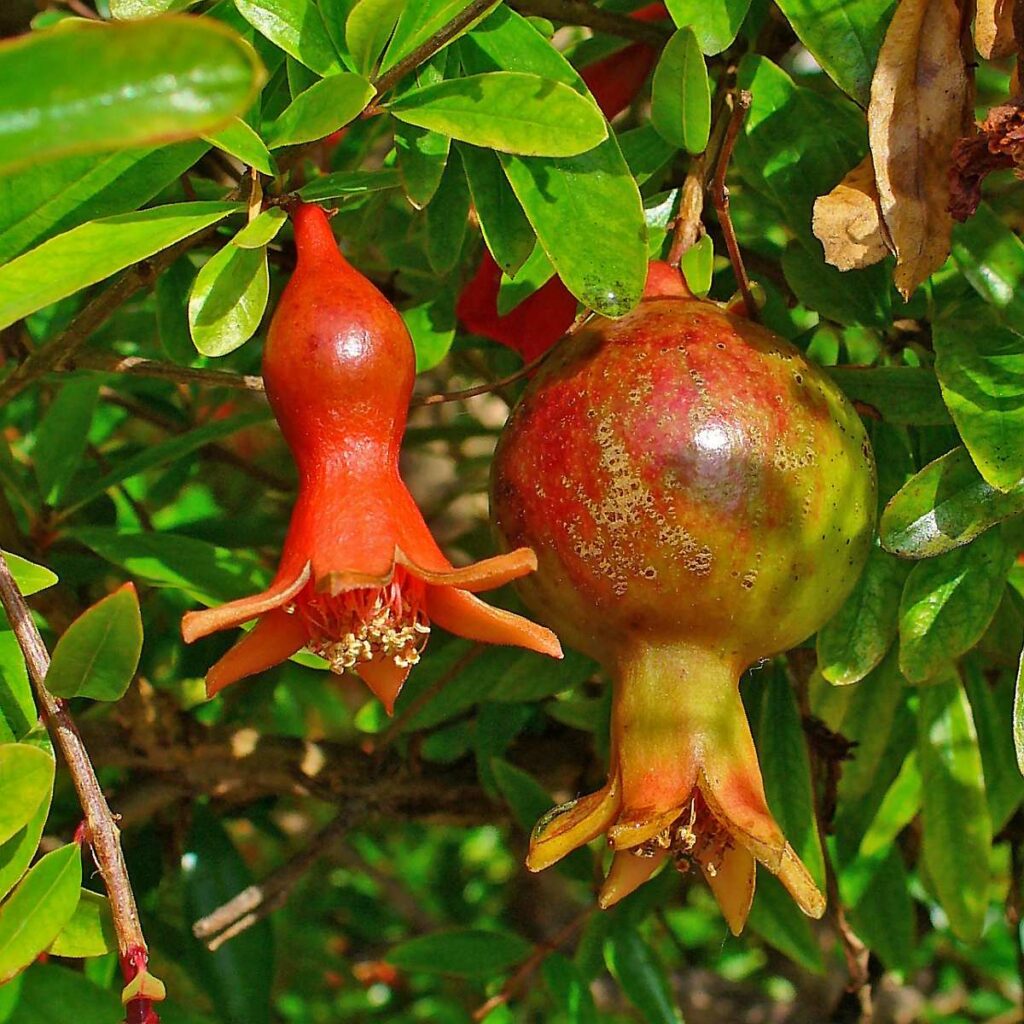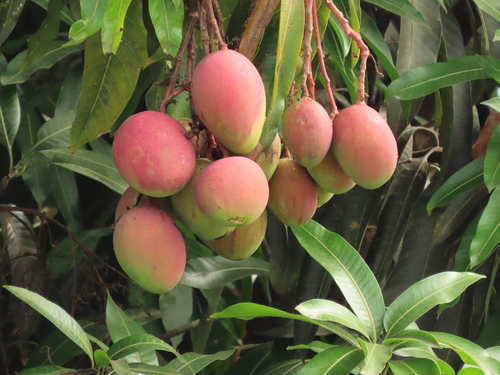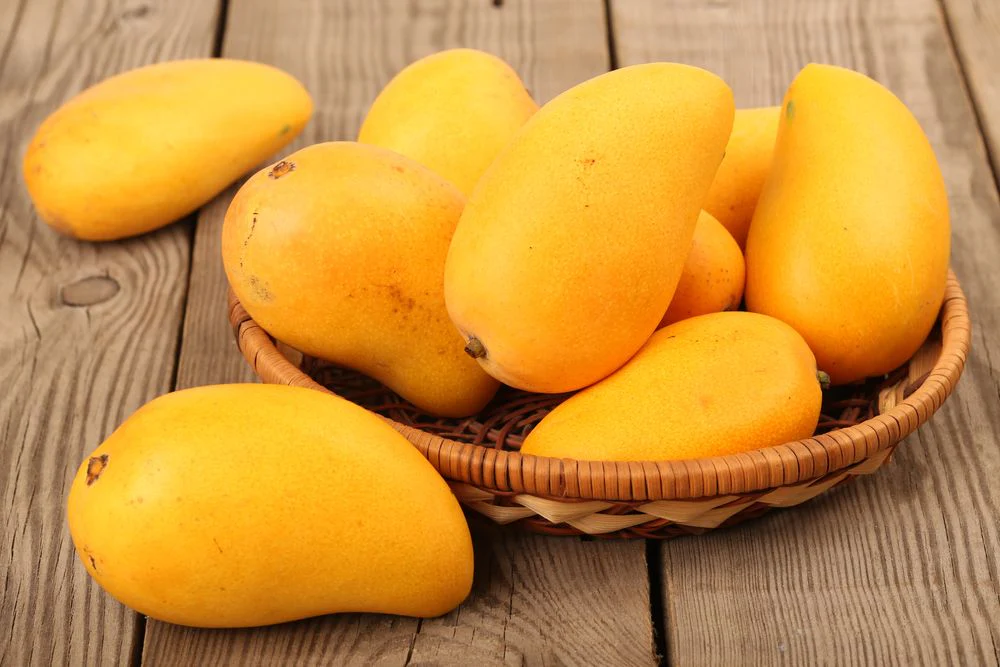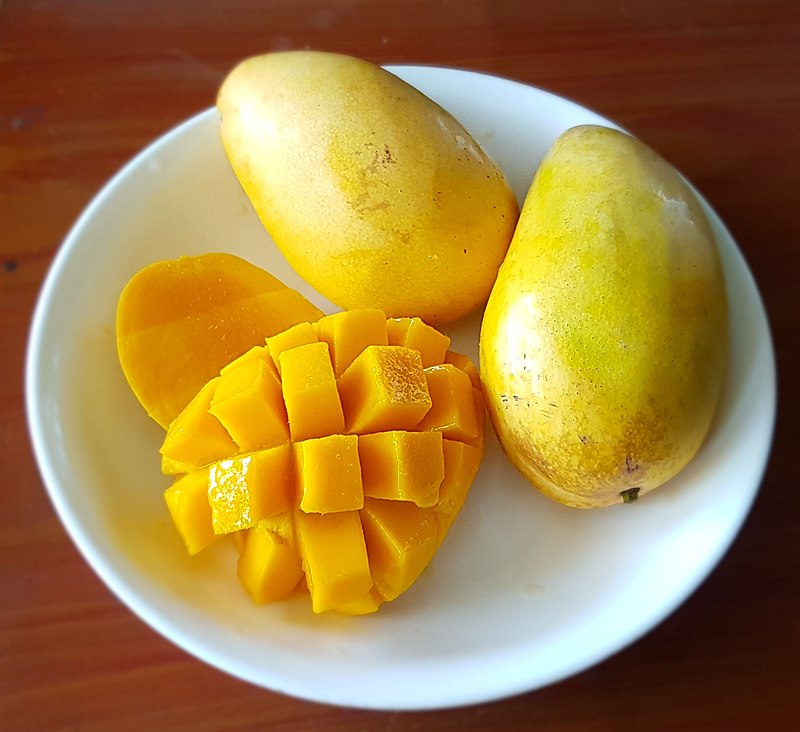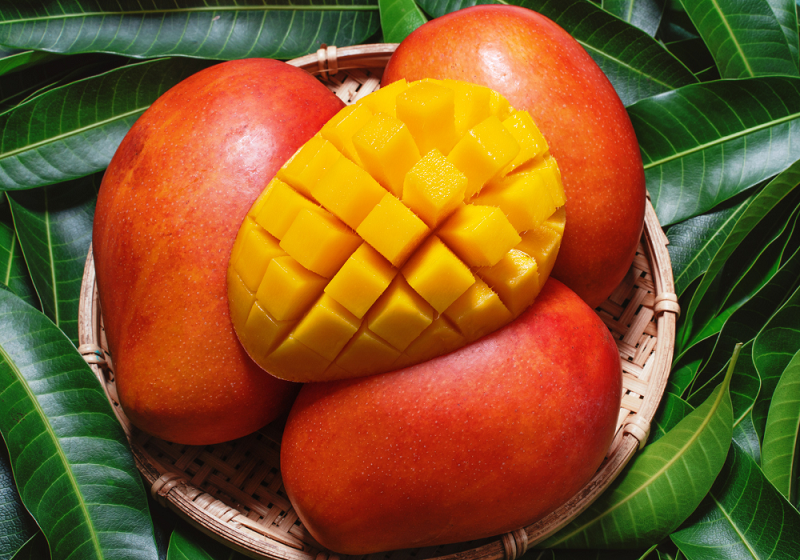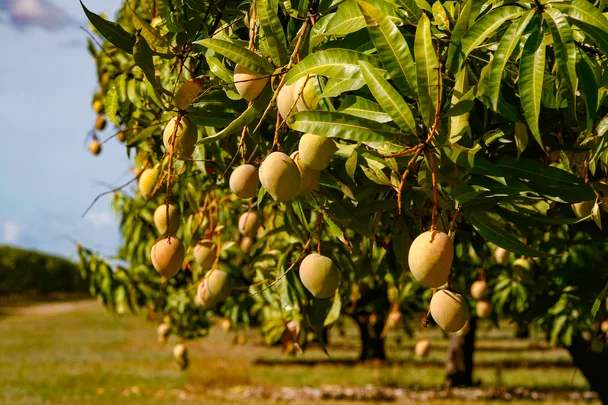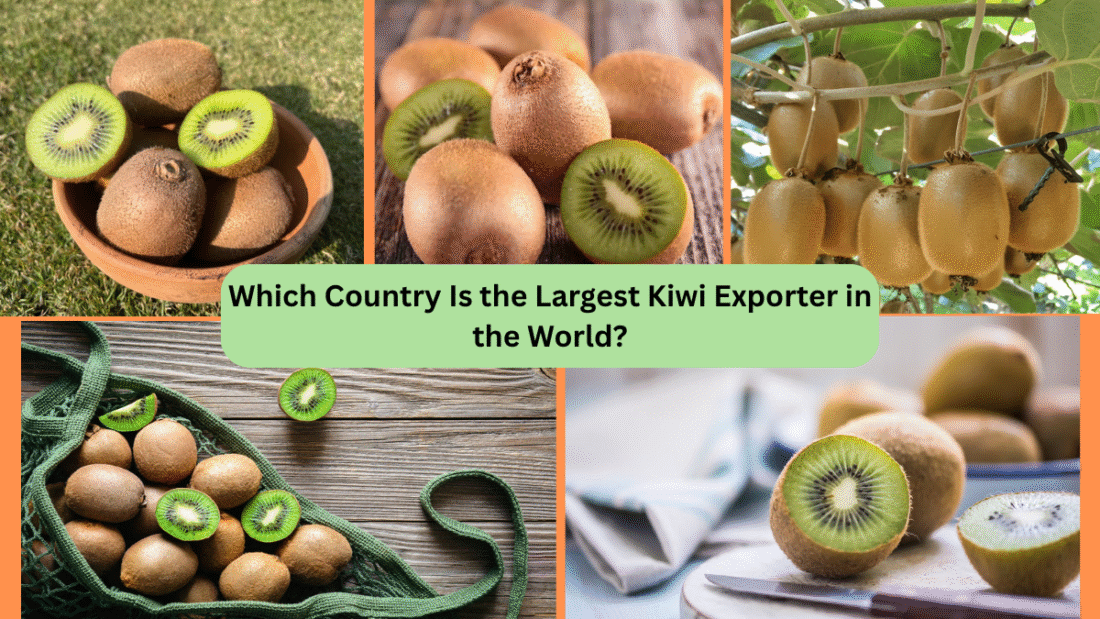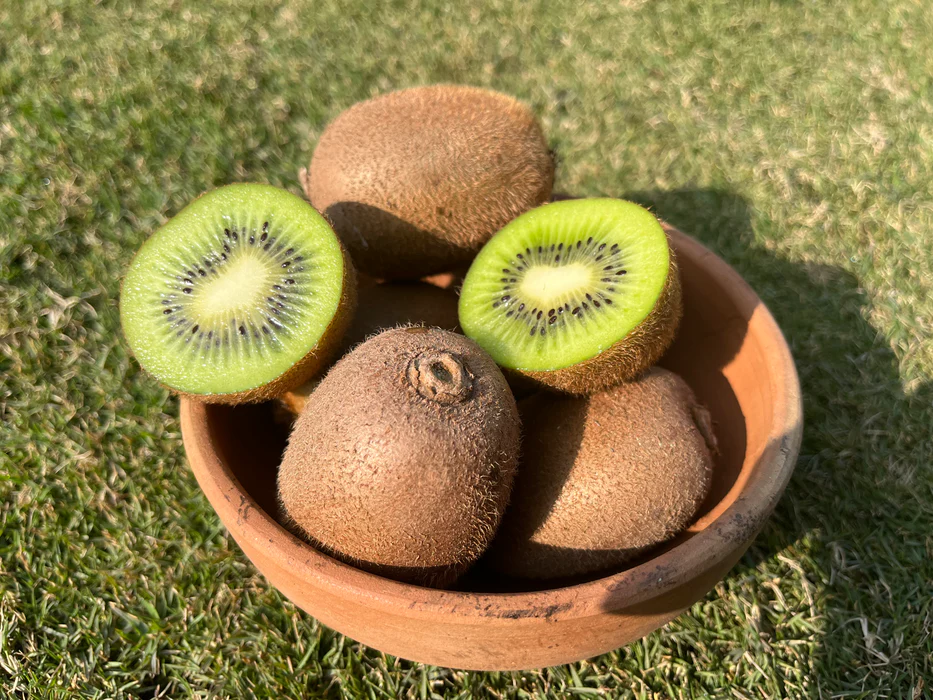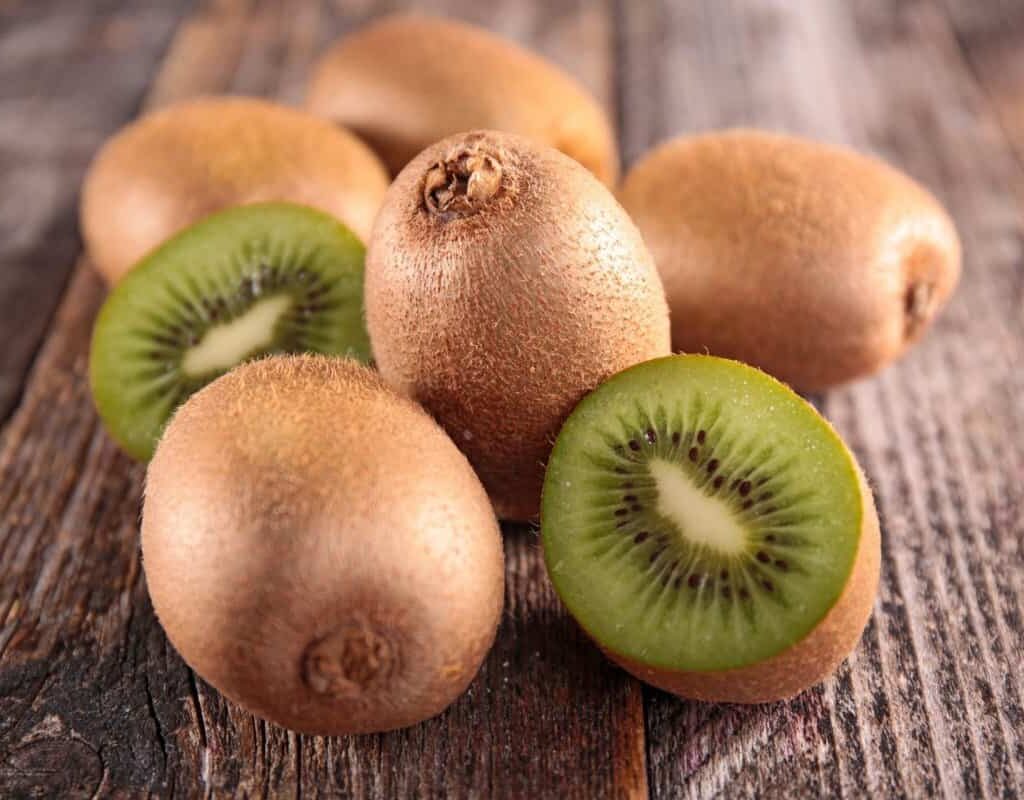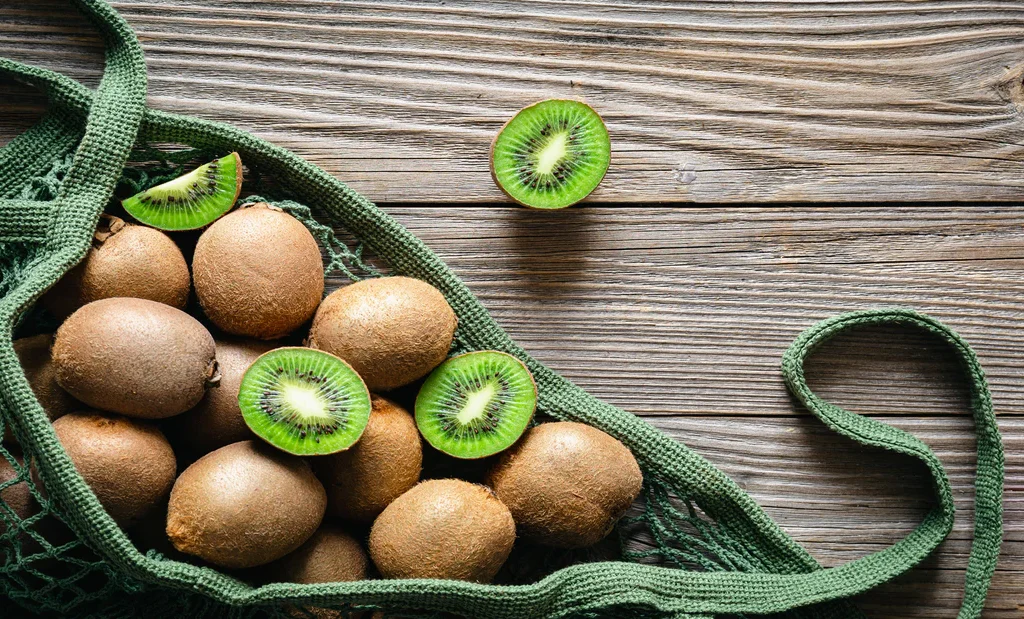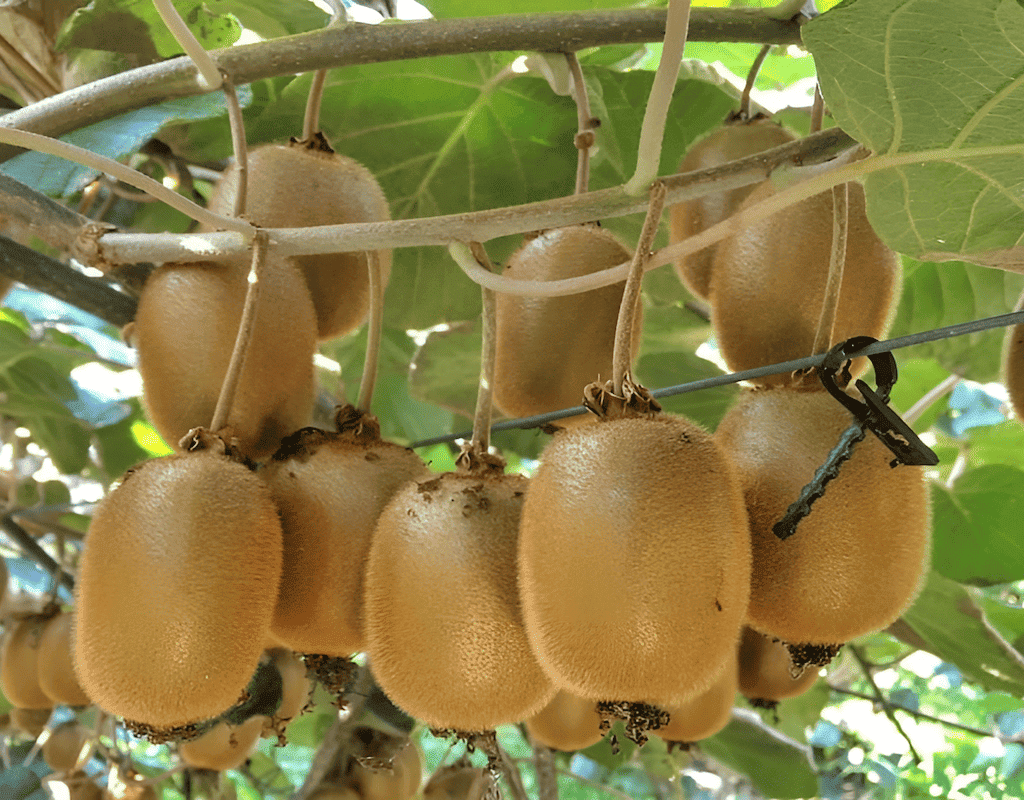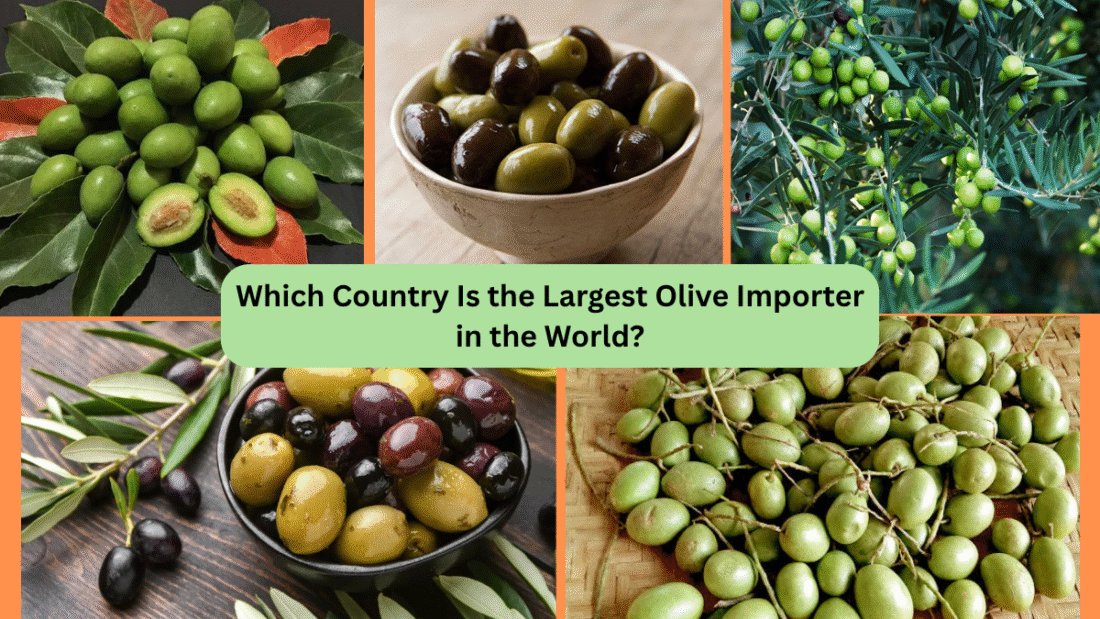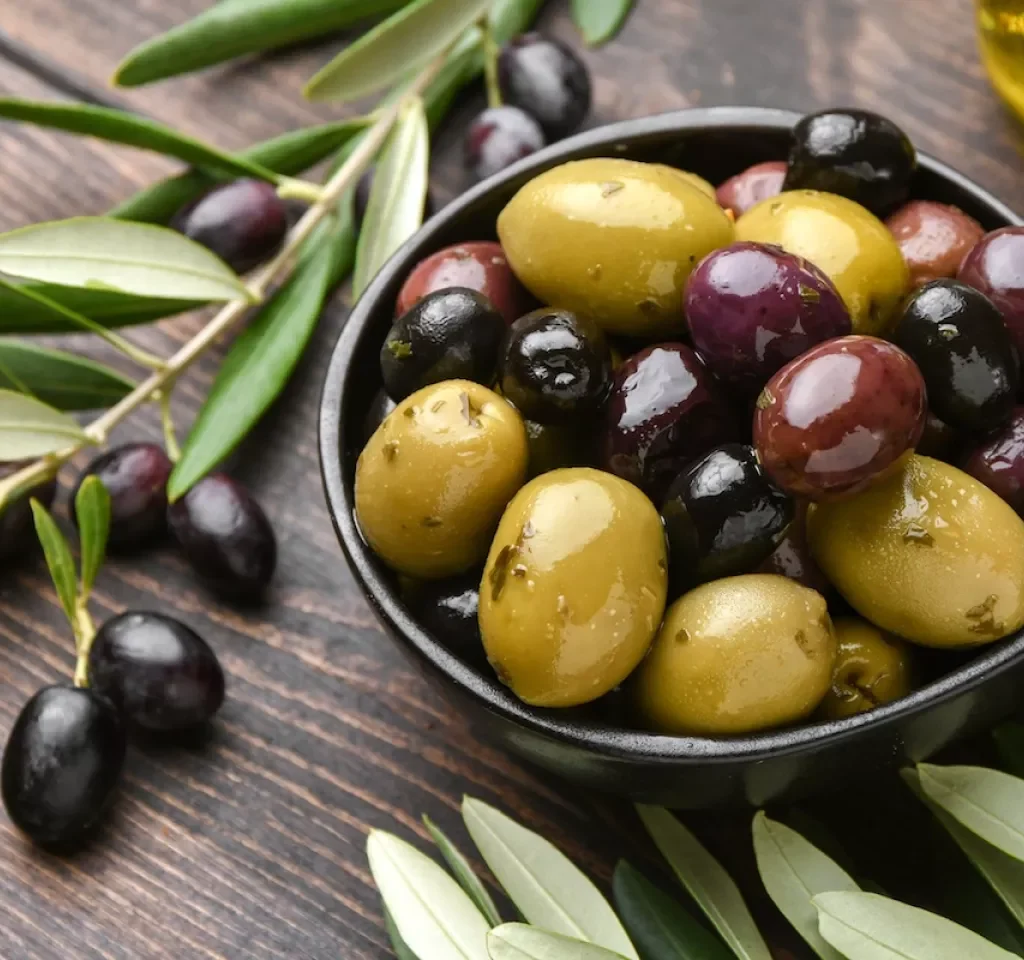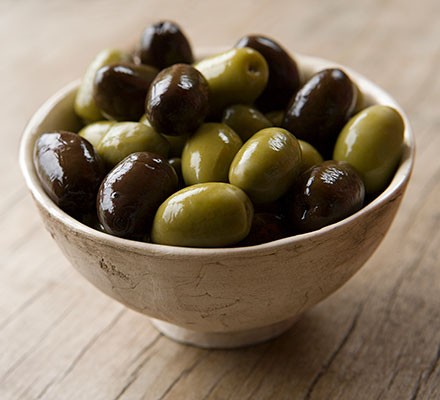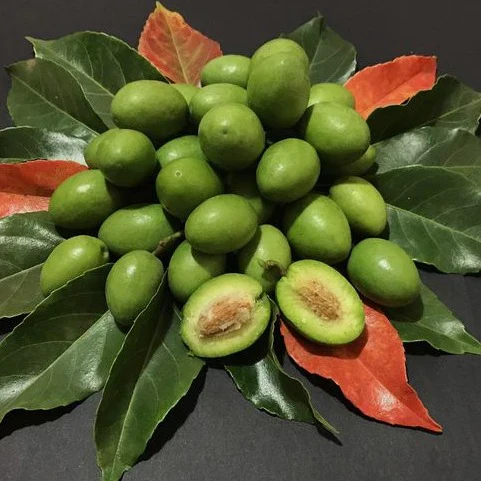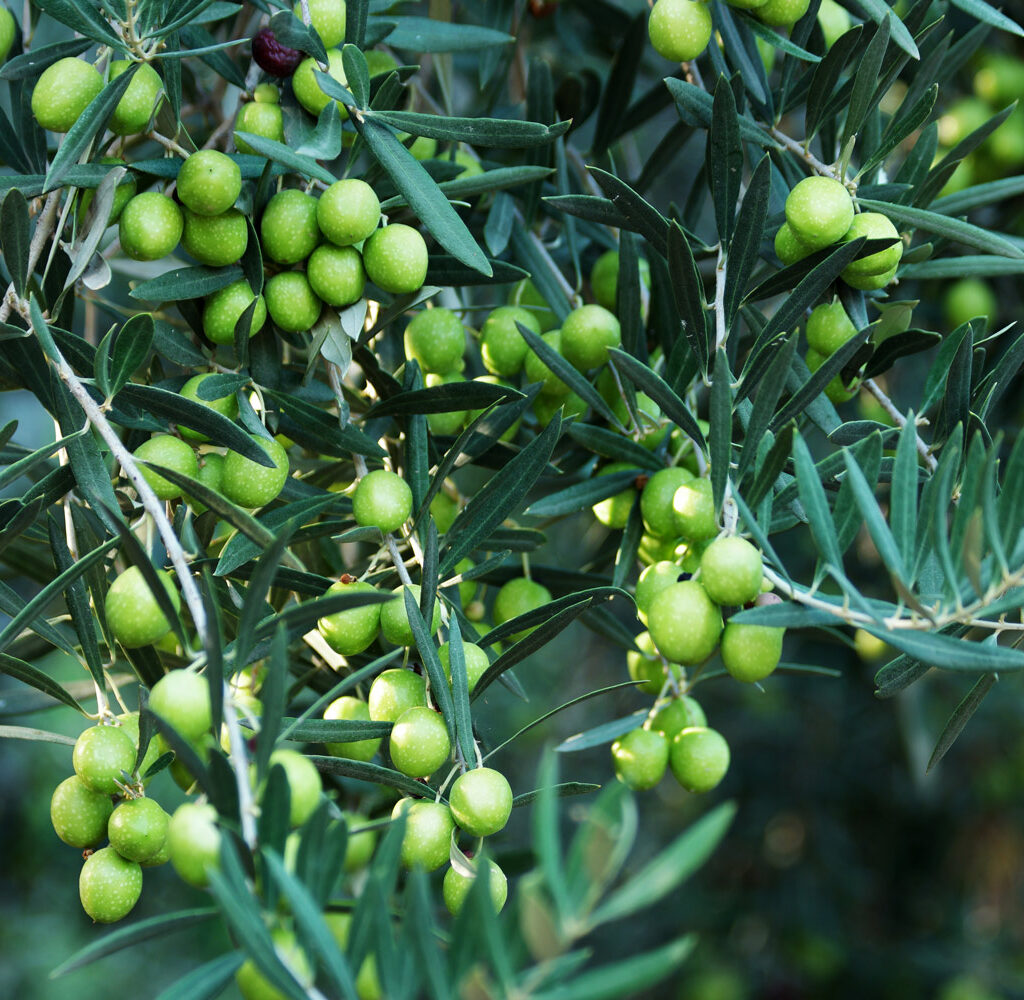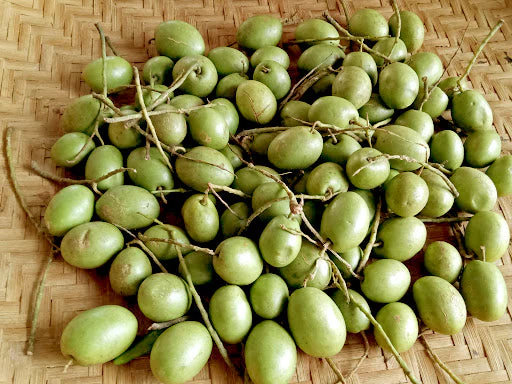Mulberries — sweet, nutrient-packed berries harvested from Morus trees — have long held a prized place in kitchens, health markets, and traditional medicine across the globe. Rich in antioxidants, vitamin C, iron, and dietary fiber, mulberries are consumed fresh, dried, and processed into teas, jams, syrups, and supplements. But while many nations cultivate this valuable fruit, only a few dominate its international trade.
So, which country holds the crown as the largest mulberry exporter in the world? This comprehensive article explores global mulberry production, leading export nations, trade trends, and why one country stands out in this growing market.
A Brief Overview of Mulberries
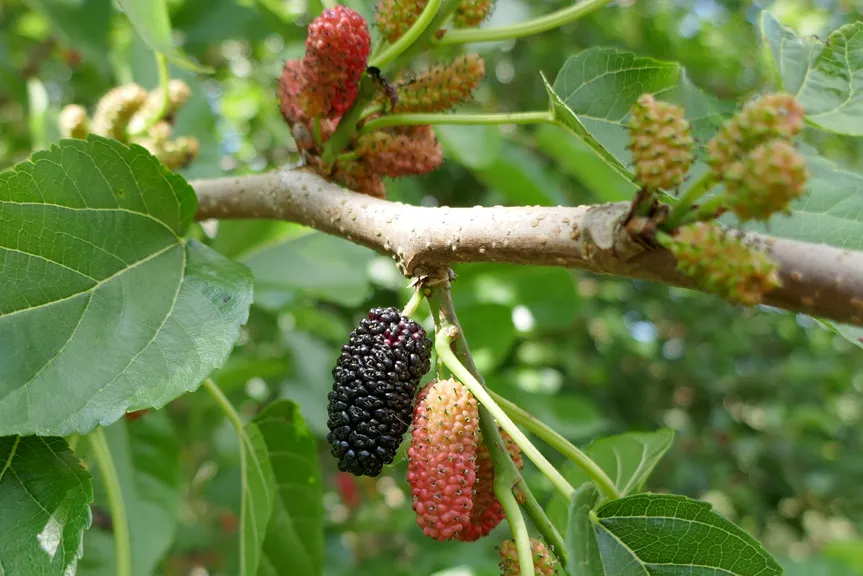
Belonging to the Morus genus, mulberries grow on deciduous trees native to warm, temperate, and subtropical regions of Asia, Africa, and the Americas. There are several species, but the most commercially important ones include:
- Morus alba (White mulberry)
- Morus nigra (Black mulberry)
- Morus rubra (Red mulberry)
These berries offer numerous health benefits due to their rich antioxidant, anthocyanin, and vitamin content. Beyond their culinary use, mulberries have been widely valued in traditional Chinese and Ayurvedic medicine and are now enjoying growing popularity in health food markets worldwide.
Global Mulberry Production and Trade
Globally, mulberry cultivation spans over 30 countries, with significant production in:
- China
- India
- South Korea
- Turkey
- Iran
- South Africa
- Egypt
- Brazil
Yet, not all high-producing nations export at scale. Export capability depends on factors like processing infrastructure, logistics, trade agreements, and product quality certifications.
Which Country Is the Largest Mulberry Exporter in the World?

China holds the title as the world’s largest mulberry exporter, far surpassing all other countries in both export volume and value.
According to the latest international trade data:
- China exported more than 27,000 mulberry shipments in the past year alone, dominating global trade flows.
- The country exports fresh, dried, and processed mulberry products to countries across Asia, Europe, North America, and the Middle East.
Why China Leads Mulberry Exports
Massive Cultivation Area
China possesses over 600,000 hectares dedicated to mulberry cultivation. While much of this traditionally supports the country’s silk industry by feeding silkworms, a significant portion is now allocated for fruit production.
Integrated Mulberry-Silk Farming
The dual-purpose use of mulberry plantations (for both leaves and fruit) optimizes land use and increases profitability. This model allows farmers to supply both local and international markets with fresh and processed mulberries.
Strong Processing & Export Infrastructure
China boasts modern processing facilities capable of producing high-quality dried mulberries, jams, syrups, mulberry teas, and extracts. Efficient logistics networks and government-supported export policies have further solidified China’s global dominance.
Consistent Global Demand
With rising health awareness and demand for natural, antioxidant-rich superfoods, Chinese mulberries have found growing markets in Japan, South Korea, Thailand, Europe, Canada, and the United States.
Other Leading Mulberry Exporters
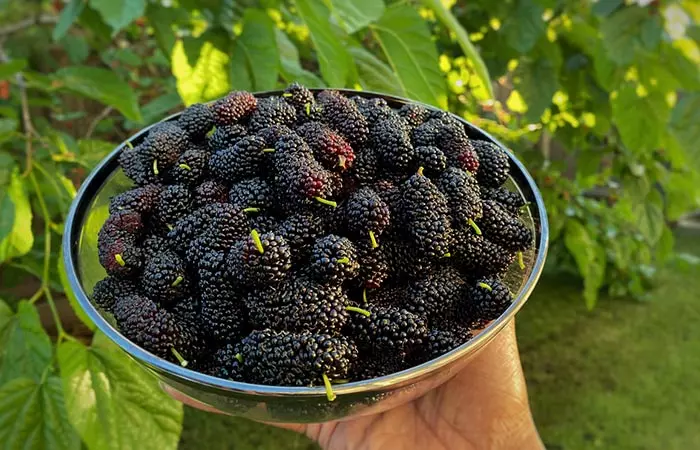
While China leads, several other countries also play important roles in global mulberry exports:
India
India is the world’s second-largest exporter, with over 12,000 export shipments annually. Primarily grown in Karnataka, Andhra Pradesh, and Tamil Nadu, India’s mulberries serve both domestic markets and exports to the United States, the Middle East, and Europe. India also exports mulberry products like jams, syrups, and herbal supplements.
South Africa
South Africa ranks third in global mulberry exports, with around 11,900 shipments. The country’s warm climate and large-scale farms produce both fresh and dried mulberries, mainly destined for markets in Europe and the Middle East.
Iran
Known for its high-quality dried mulberries, Iran is a major exporter to the Middle East and Europe. Though it doesn’t match the volume of China, Iran’s dried mulberries are prized for their sweetness and nutritional value.
Turkey
Turkey is another key player, particularly in dried mulberries and jams, with exports reaching Germany, France, and the United Kingdom. Organic and health food markets in Europe increasingly favor Turkish mulberries.
Global Mulberry Export Value Comparison
| Country | Annual Export Volume (Shipments) | Annual Export Value (USD) | Key Export Markets |
|---|---|---|---|
| China | 27,000+ | $120+ million | Japan, South Korea, EU, US, Canada |
| India | 12,000+ | $48+ million | Middle East, US, Europe |
| South Africa | 11,900+ | $23+ million | Europe, Middle East |
| Iran | ~8,000 | $18+ million | Middle East, Europe |
| Turkey | ~6,000 | $15+ million | Germany, UK, France |
Approximate values based on current international trade data.
Emerging Trends in Global Mulberry Trade
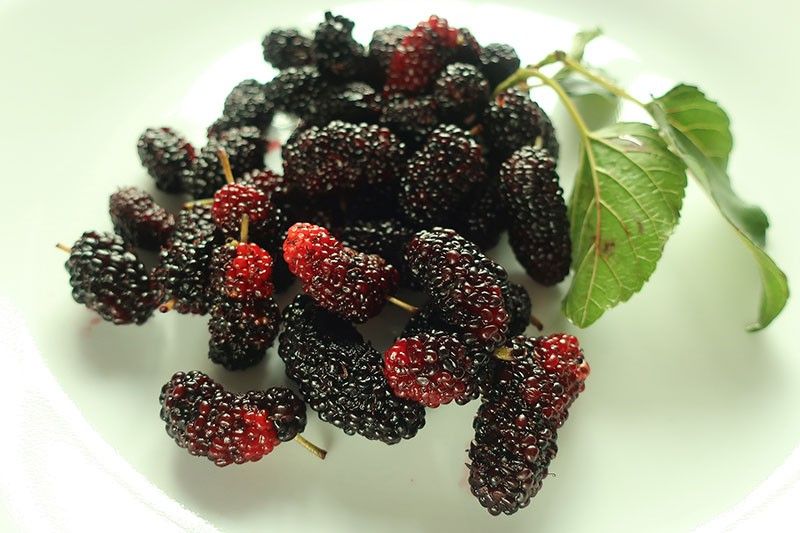
Rising Demand for Dried and Processed Mulberries
Health-conscious consumers are driving a boom in dried mulberries, organic teas, jams, and syrups. China, Turkey, and Iran are expanding their value-added product lines to meet this demand.
Focus on Health and Functional Foods
Mulberries are rich in antioxidants, anthocyanins, resveratrol, and vitamins C and K, making them popular in health supplements and superfood categories in North America and Europe.
Sustainability and Climate Resilience
Mulberries grow in poor, dry soils and withstand drought conditions, making them attractive for sustainable farming initiatives in Africa, the Middle East, and South Asia.
Organic Certification and Specialty Markets
Countries like Turkey and India are gaining ground in the premium organic segment, especially in Europe, where organic certification fetches higher prices.
Future Outlook

The global mulberry market is expected to grow steadily over the next five years, with increasing consumption in:
- North America (for health supplements and dried fruit snacks)
- Europe (organic mulberries, jams, and teas)
- Asia-Pacific (fresh fruit and traditional medicines)
While China is expected to maintain its leadership, new players like India, Turkey, South Africa, and Iran are poised to increase their global market share, especially in specialty and processed mulberry product segments.
Conclusion
In the dynamic world of mulberry exports, China holds a clear and commanding lead. With its vast cultivation areas, dual-use farming systems, advanced processing capabilities, and efficient export networks, China exports more mulberries than any other nation by a wide margin.
India and South Africa are rising exporters, while Turkey and Iran continue to play crucial roles in the premium dried and organic markets.
As global awareness about the health benefits of mulberries grows, so too will the international trade in this ancient yet increasingly modern superfruit. Future success will depend not only on volume but also on product innovation, sustainability, organic certification, and value-added exports.

